Shooting Digital or Film in 2023 – Replicate film vibe with digital cameras – Part I
This article is Part 1, and I will talk about shooting Digital and/or Film and the editing choices. Part 2 will guide you on “How” to build a custom Fujifilm Film profile.
I believe at some point in our life, we tend to reflect on the past.
Along the journey, luckily, our minds forget bad experiences and highlight joyful moments. And that’s probably the reason why, even unknowingly, we research some pieces reminding us of those moments.
For the same reason I believe, all of us have that little “nostalgic” side which will come out.
For me personally, this is what “pictures” do the most. All of us scroll back to our gallery, and probably most of us went back to look for that old family photography album, shot with film!
Incredibly (or maybe not really), we are back to shooting film in our photography.
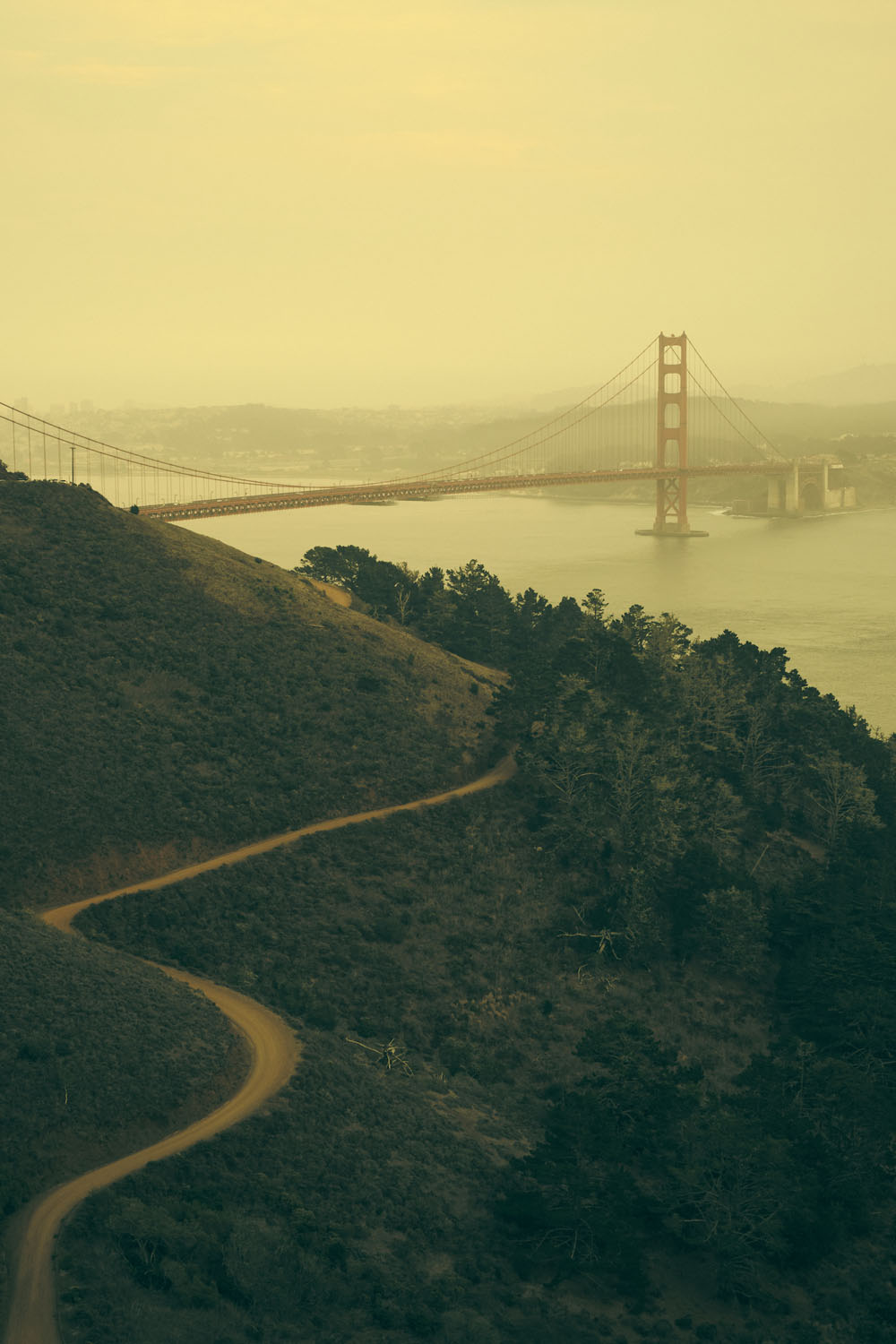
In this age where all of us, at some point, go crazy comparing gear, resolution, megapixel, sharpness, digital sensor size, and so on, trying to get the best out of our digital cameras, incredibly we went back to shooting film! That’s one of the reasons why film or film cameras prices went astronomical, even compared to digital gear now.
I think, maybe, a lot of us are more fascinated by the look or the idea of shooting film today based on what we see on Instagram or YouTube, but looking at the whole process and cost… is not a simple choice to make.
More important I believe, is to understand what happens if we are going to grab a film camera today, shoot a roll, send it to a lab for development, and get the digital file back home.
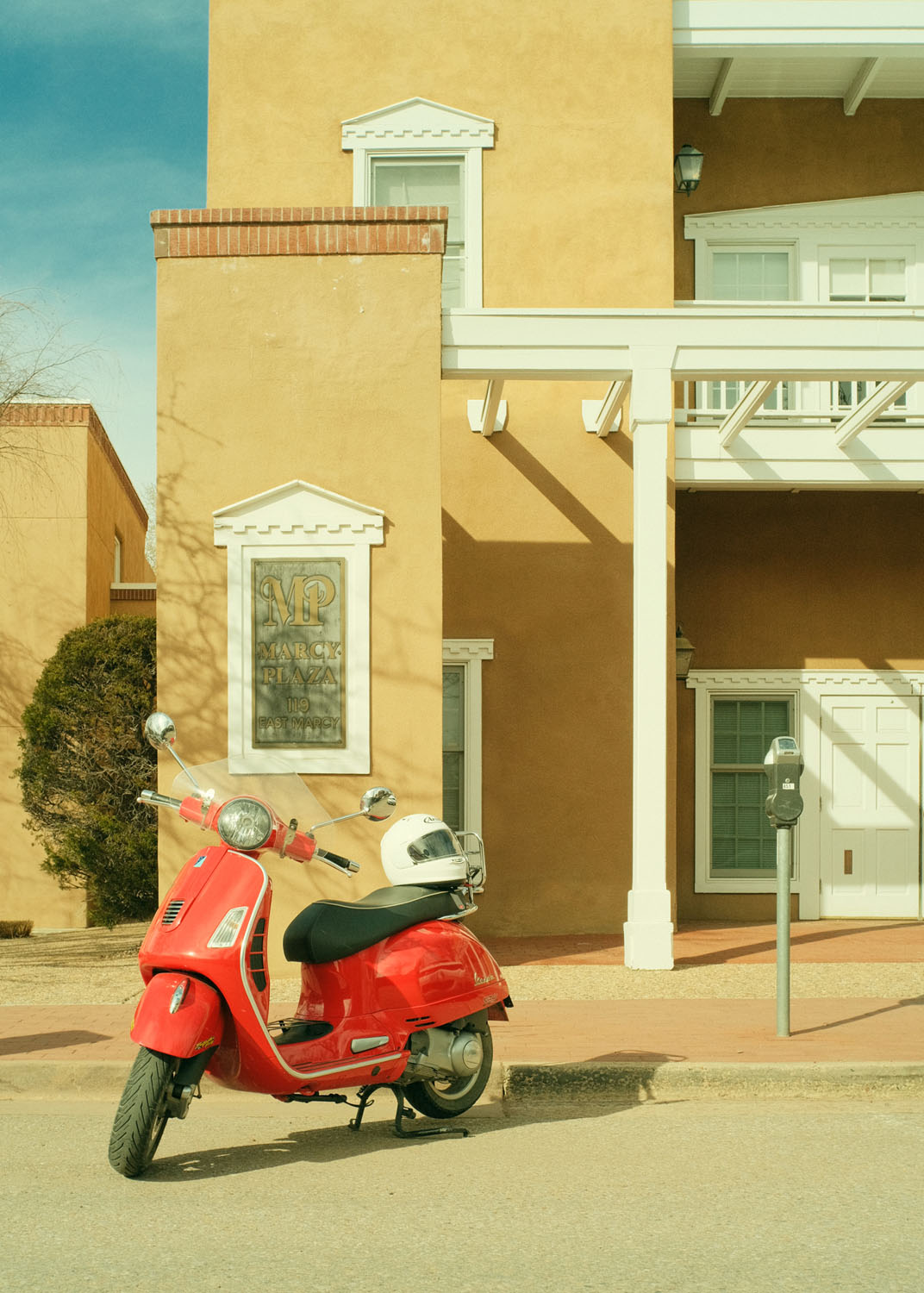
This is, after my little personal experience and study, what I would like to talk about in this article.
I think this is something that gets misinterpreted a lot due to a number of reasons or certain buzzwords being attached to specific film stocks or editing styles that are on trend, different looks from different labs film presets that have been made over the years for digital. All of these things combine together to make people expect very specific and exaggerated results from individual film stocks and this can be confusing especially if we’re just starting out on this journey.
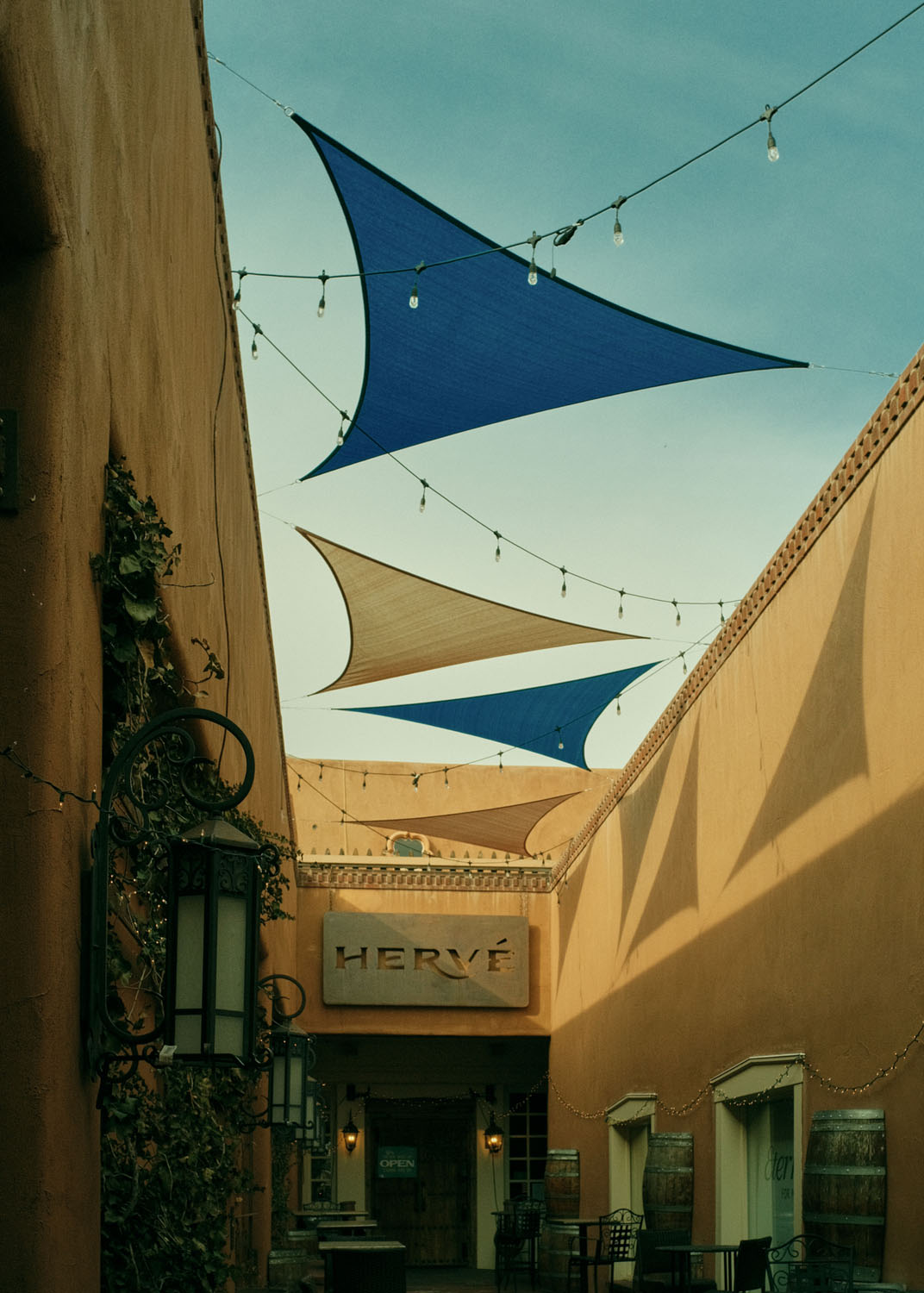

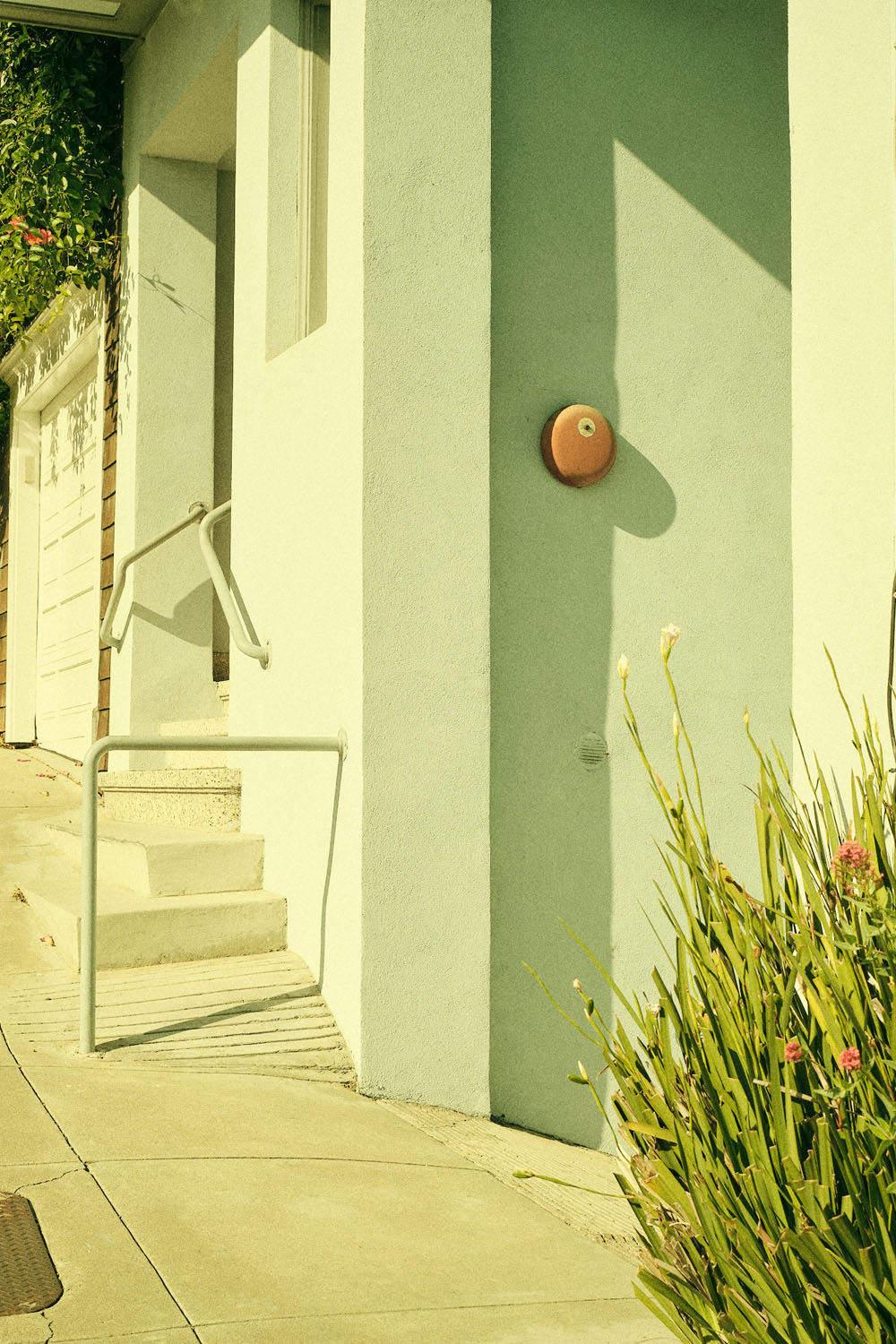
RIGHT: Fuji X-Pro3 . Fuji XF33mmF1.4 . f/8 . 1/1000″ . ISO 640
So, when it comes to images shot on film that are being scanned, part of the look that you get is obviously the film but the majority of it is the scan process. You’re basically taking this negative that you have to convert into a positive. If you’re shooting color there’s this orange mask you have to deal with, and then there’s just a number of different ways and approaches that you can take; those are all going to affect the final look of that image. So if you’re shooting film and you’re scanning it, you are already editing your images.
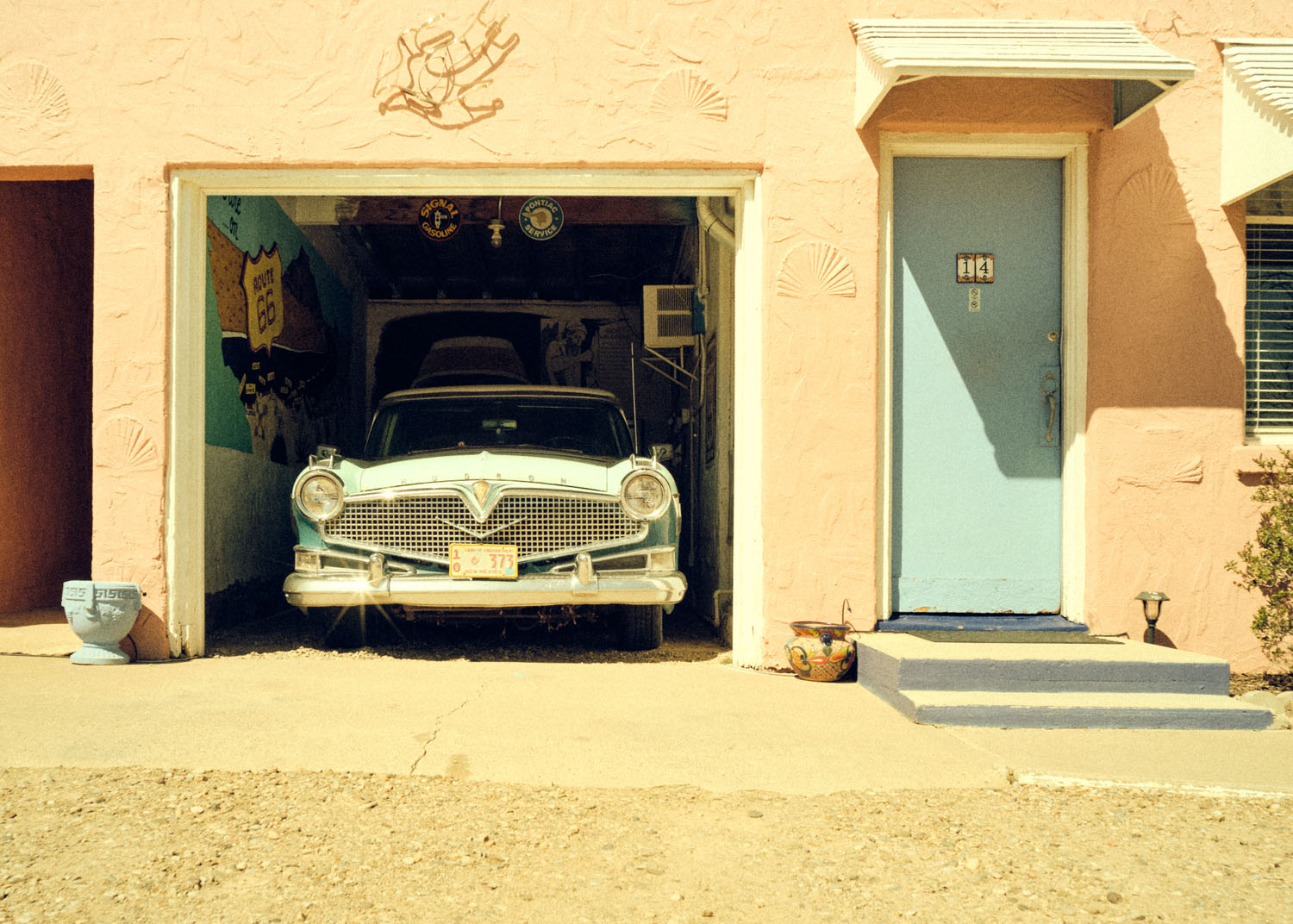
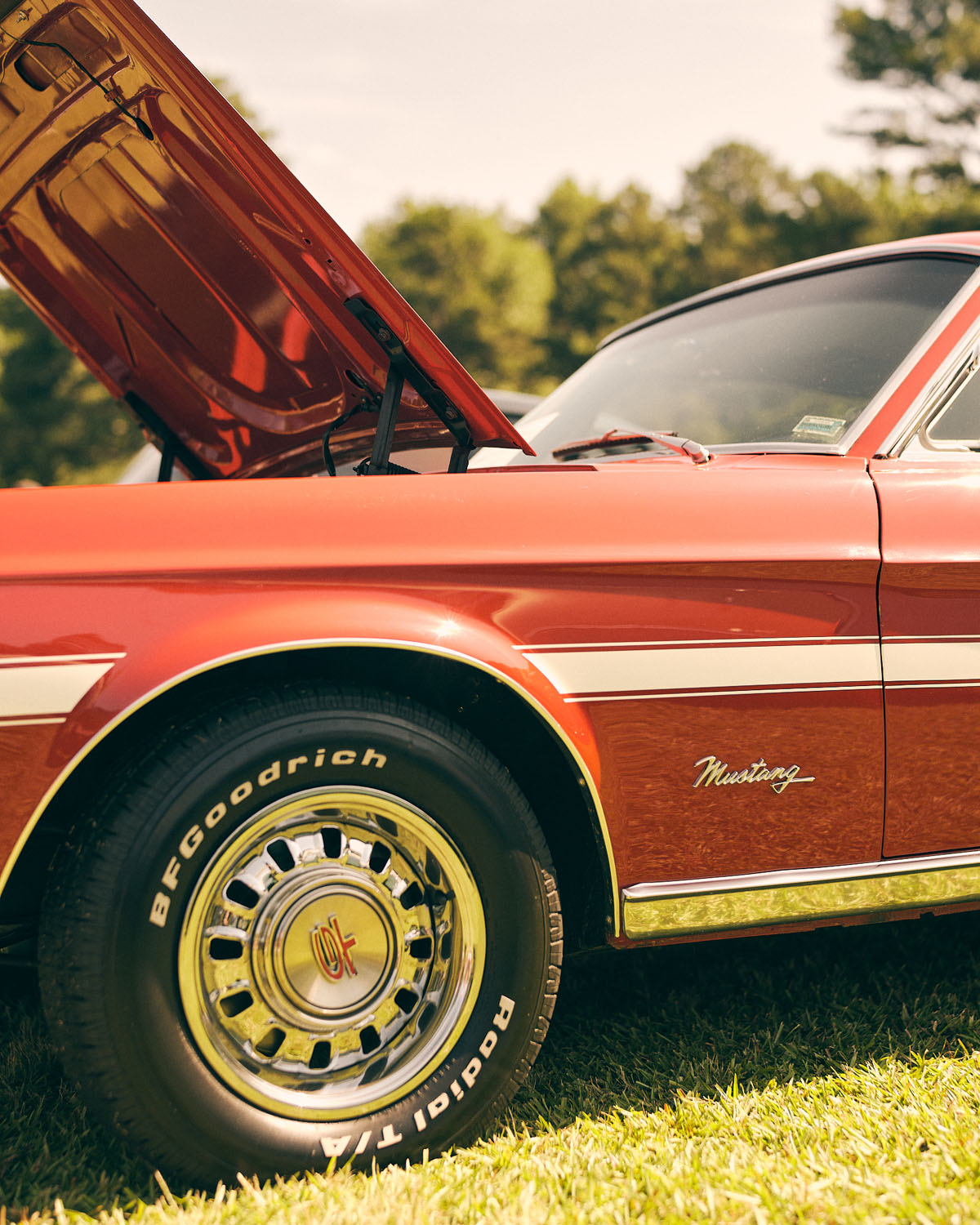
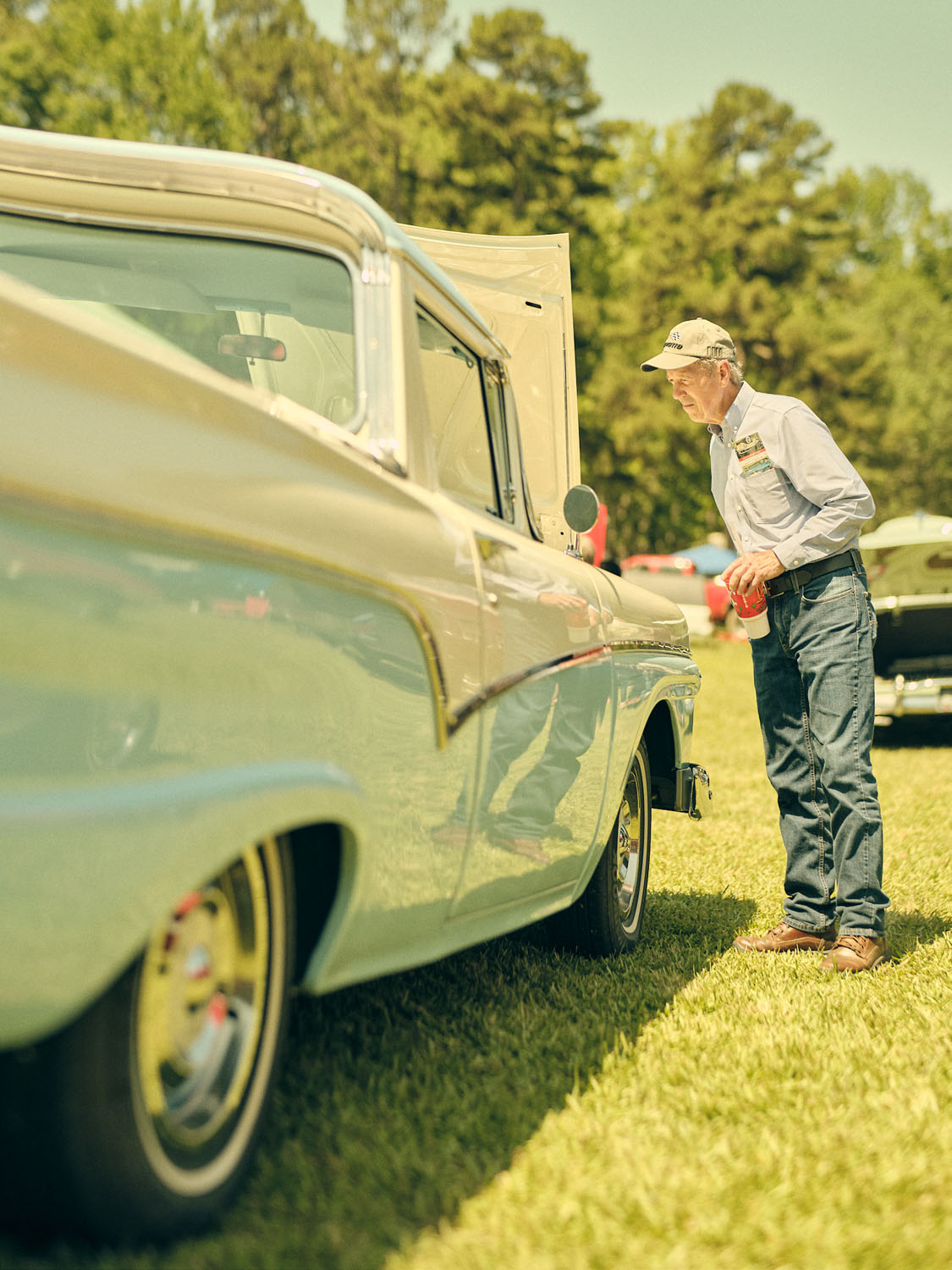
RIGHT: Fuji GFX50R . 1/6400″ . ISO 640
Therefore, if you say that you don’t want to edit your film scans you get back from a lab because you don’t want to mess with the look of the film, well, you’re really just leaving it up to the lab to determine how your images are going to look. Really you could take the same negative, mail it out to 10 different labs, and you would probably get 10 different looks back.
Most of the times you end up with a very neutral base, neutral brightness and contrast. The software doesn’t know how the scene should look, it’s just guessing, and obviously the lab technician wasn’t there with you; so it’s really up to you to take that image afterwards, make decisions and give it a look that best represents what you saw and what you felt while you’re on location!
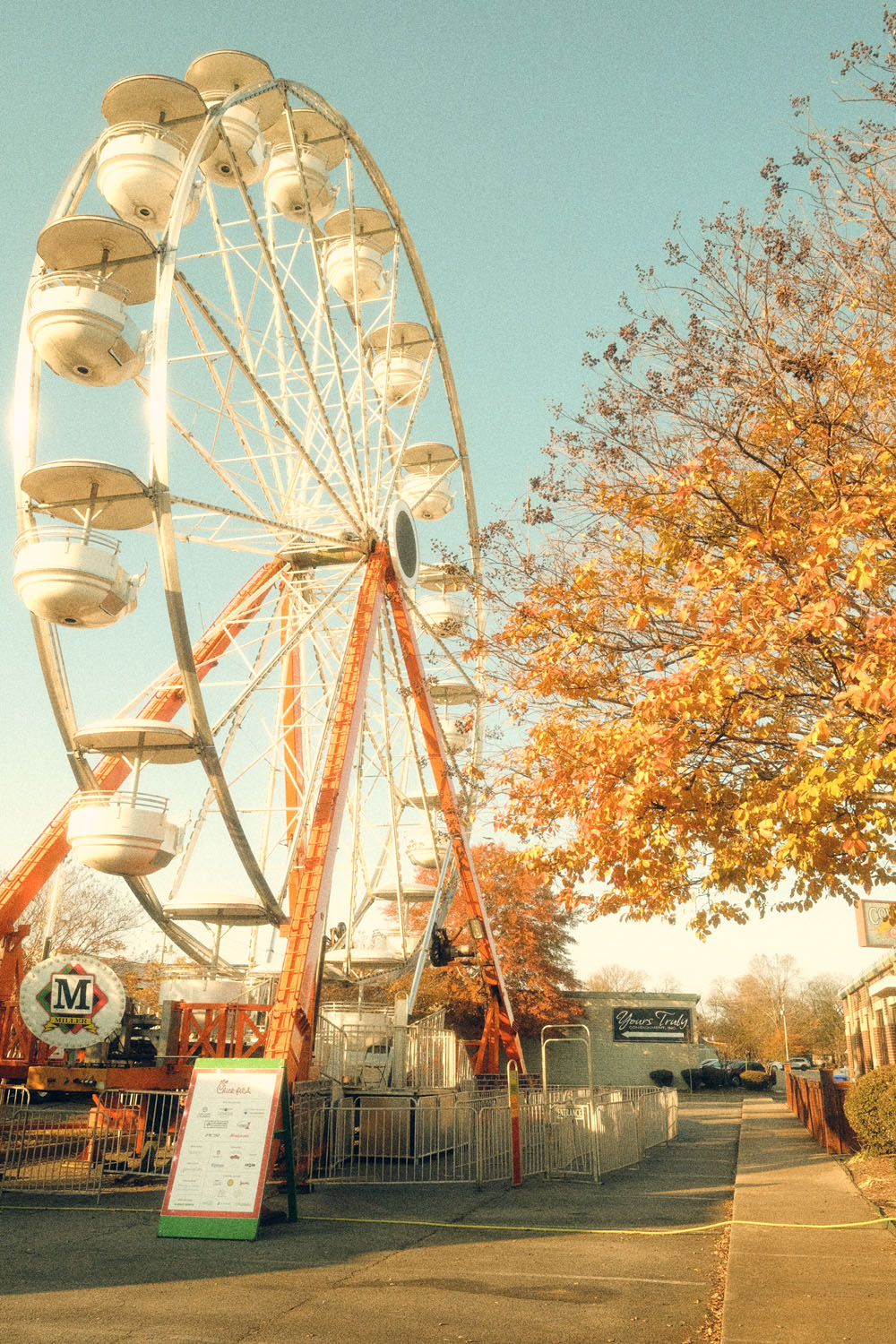
On the other hand, let’s say you’re shooting digital and want to claim you don’t edit your digital shots, you want to stay true to the look, that would be very doable. If, for example, we are both shooting with Fujifilm cameras and we both shot in standard color profile or the same film simulations, at that point our images are going to look identical (using the same parameters).
So, regardless if you use film or digital, one of the most important parts of the process is just making intentional, personal decisions that create a certain mood and feel in the final photograph.
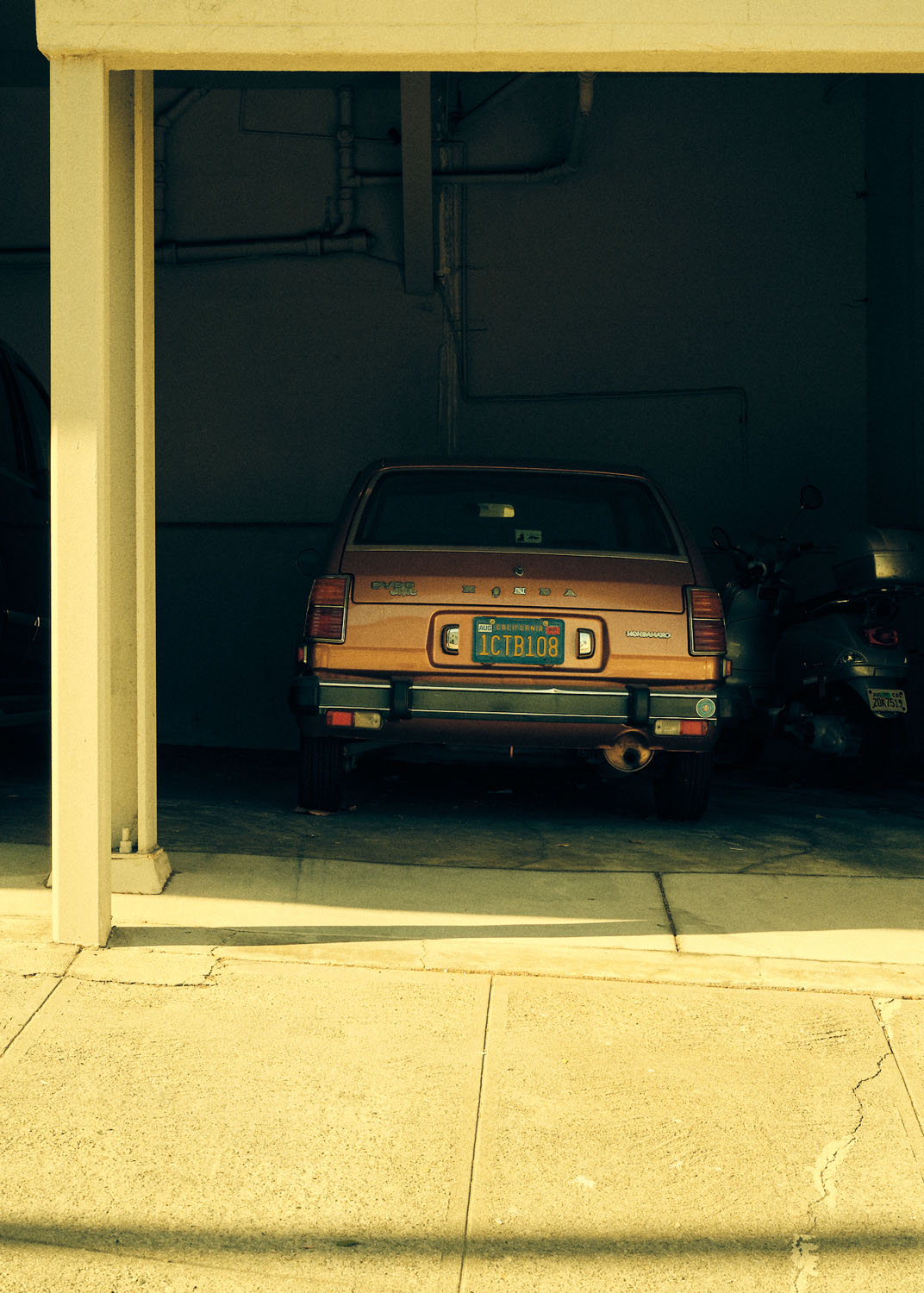
Nowadays, editing plays a huge role in the whole process. And my feeling is that most of the time, we end up into a rabbit hole because we want to “replicate” a specific look or a photograph we have seen by someone else. But, the big point here, is that we weren’t there when that image was taken, and conditions make a huge difference! We can guess, but copying to get the same look, I believe, is never a great idea. Often, images that we see, will have pretty substantial edits to get them to that point. We have to be conscious about that. Even images taken using film cameras.
I think, if you’re scanning your film to get the digital version, it is kind of being edited already. Then you add more editing in post-processing.
From my point of view, what’s most important at the end of the day, is just getting your image to a point where it best represents your unique taste as an artist and also what you saw and what you felt while you were on location with the subject you were photographing. No matter what medium are you shooting with. The most important part is the “process”.
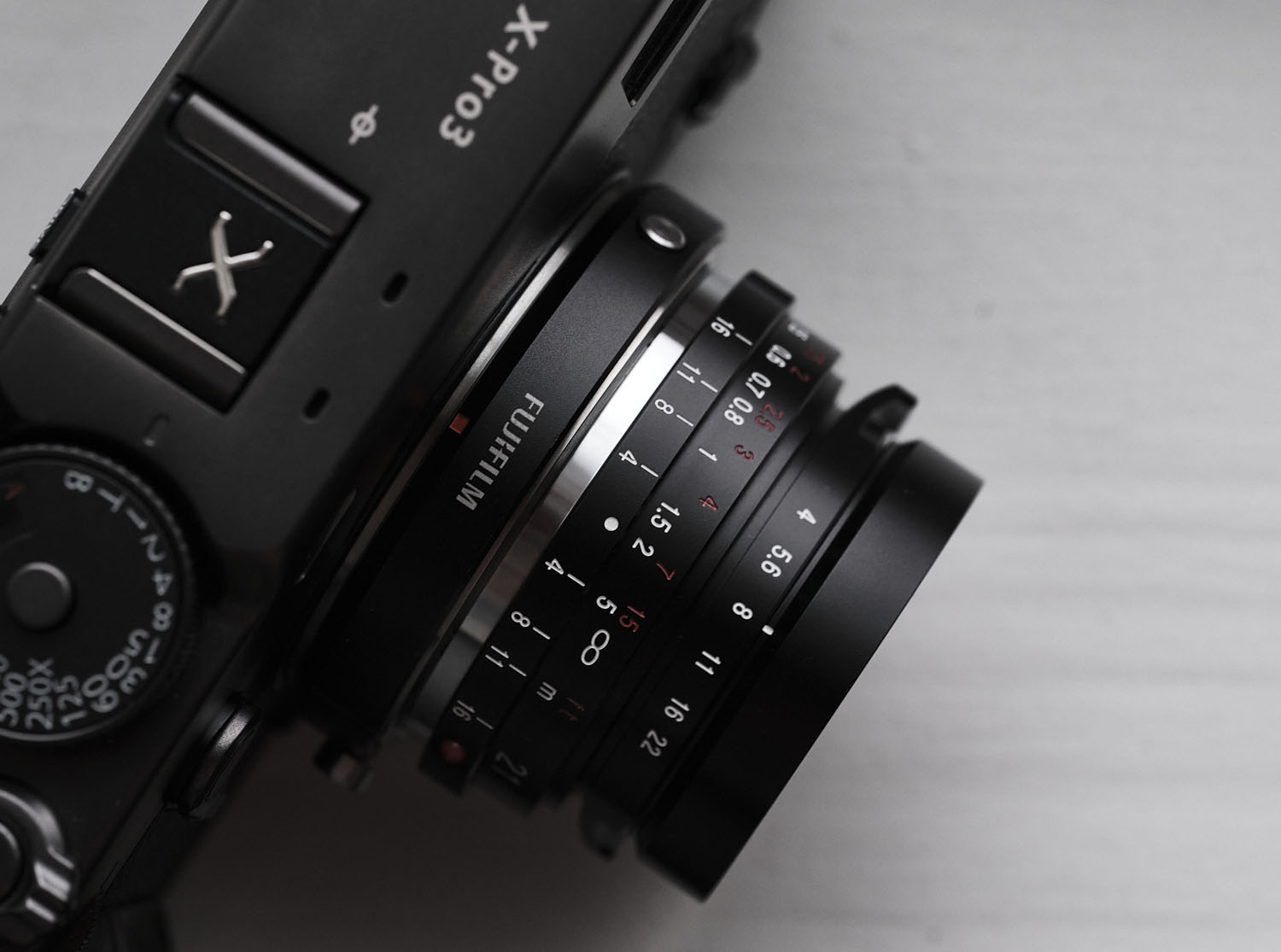
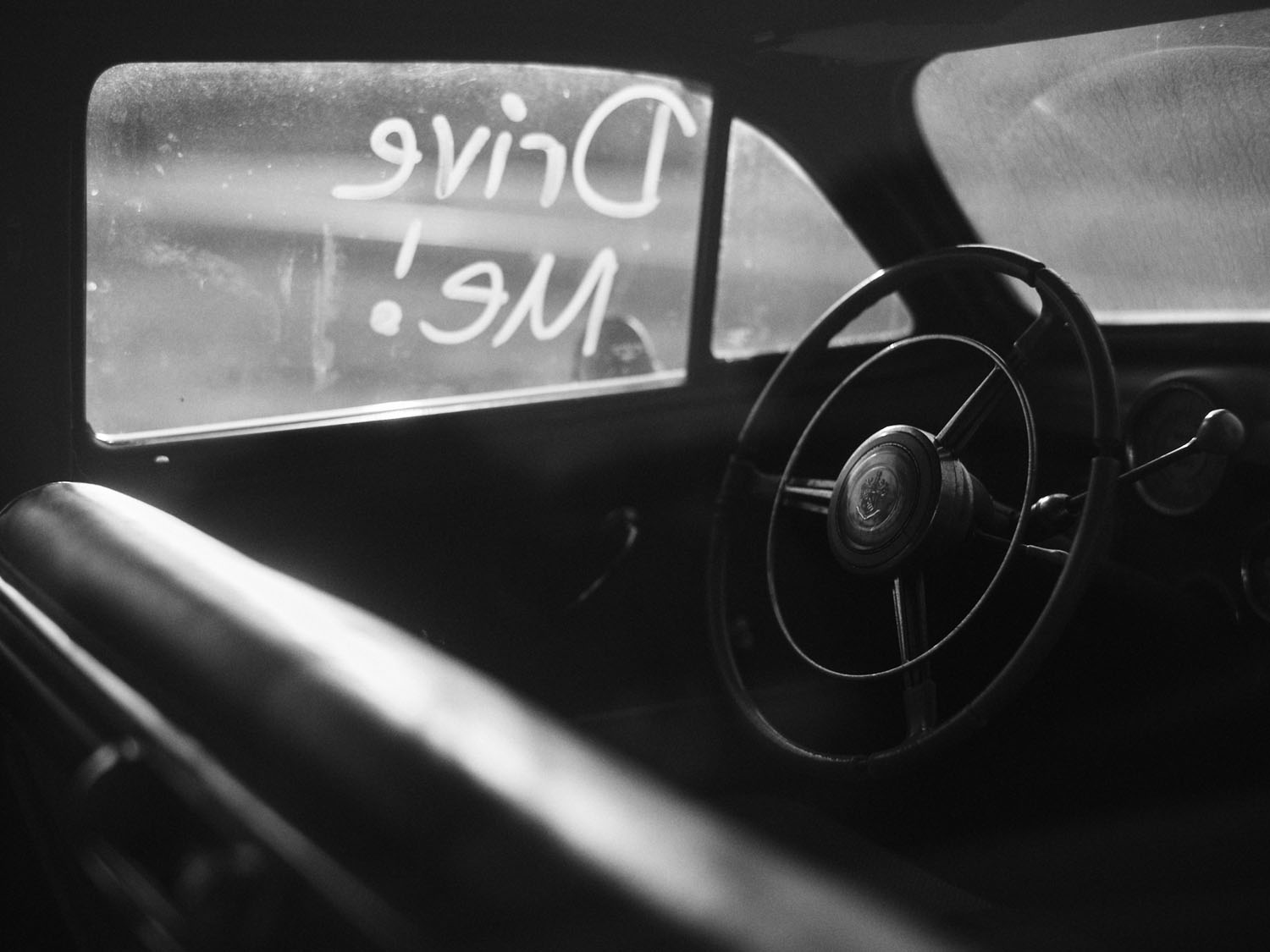
So, where do I want to go with all this discussion?
I believe, regardless if you use film or digital (or both) one of the most important parts of the process is just making intentional, personal decisions that create a certain mood and feel in the final photograph that “you” want and like.
Instead of a copy, I would prefer to be inspired by a certain look or certain color grade (for example), and build my own “path” in the photography journey.
For my personal experience, I moved from Italy to the US and I definitely had to modify the way I photograph, the look I want into my images, to be able to represent the scene based on what I feel and what I see here. It’s of course different from my own country, so even my styles had to match those differences.
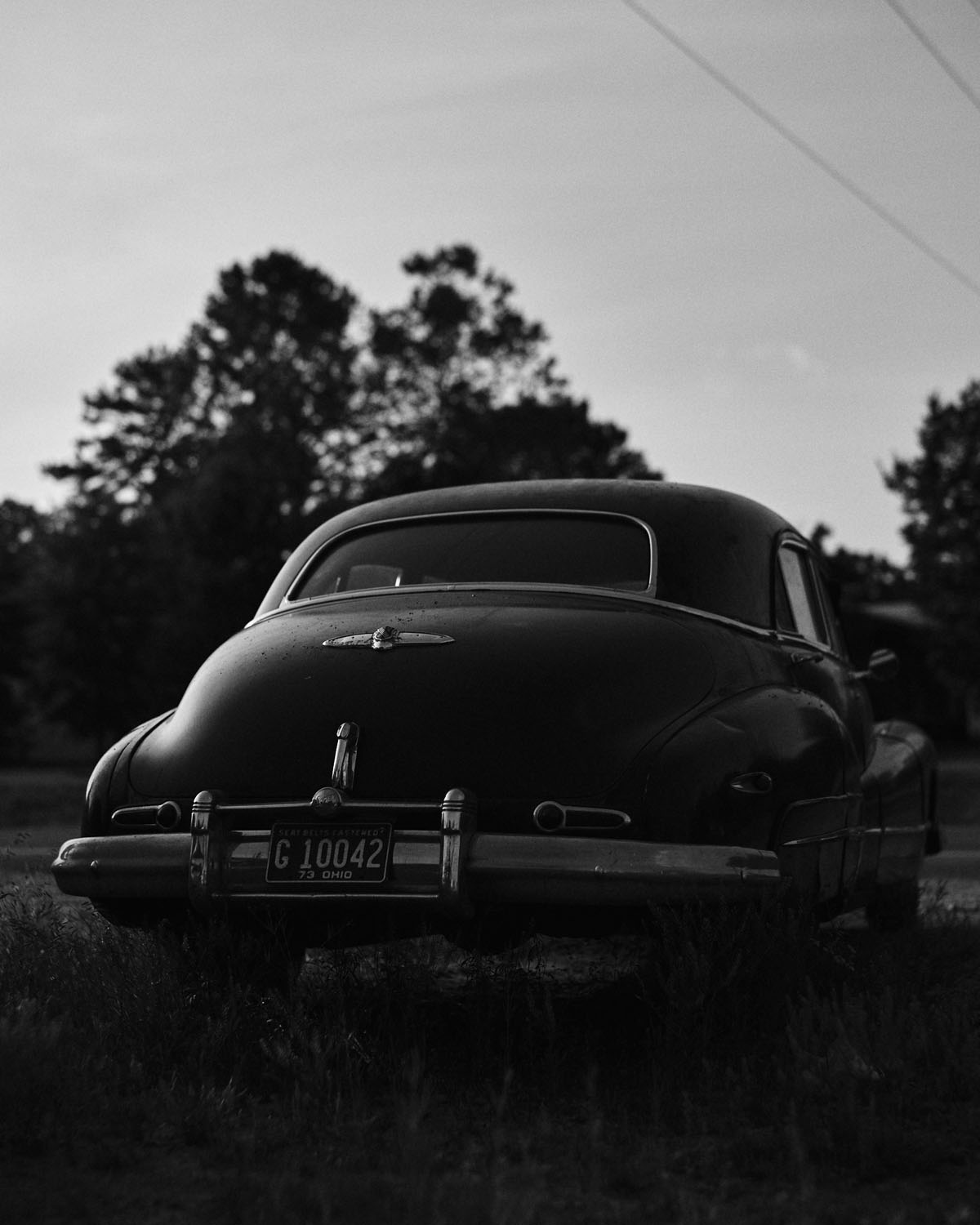
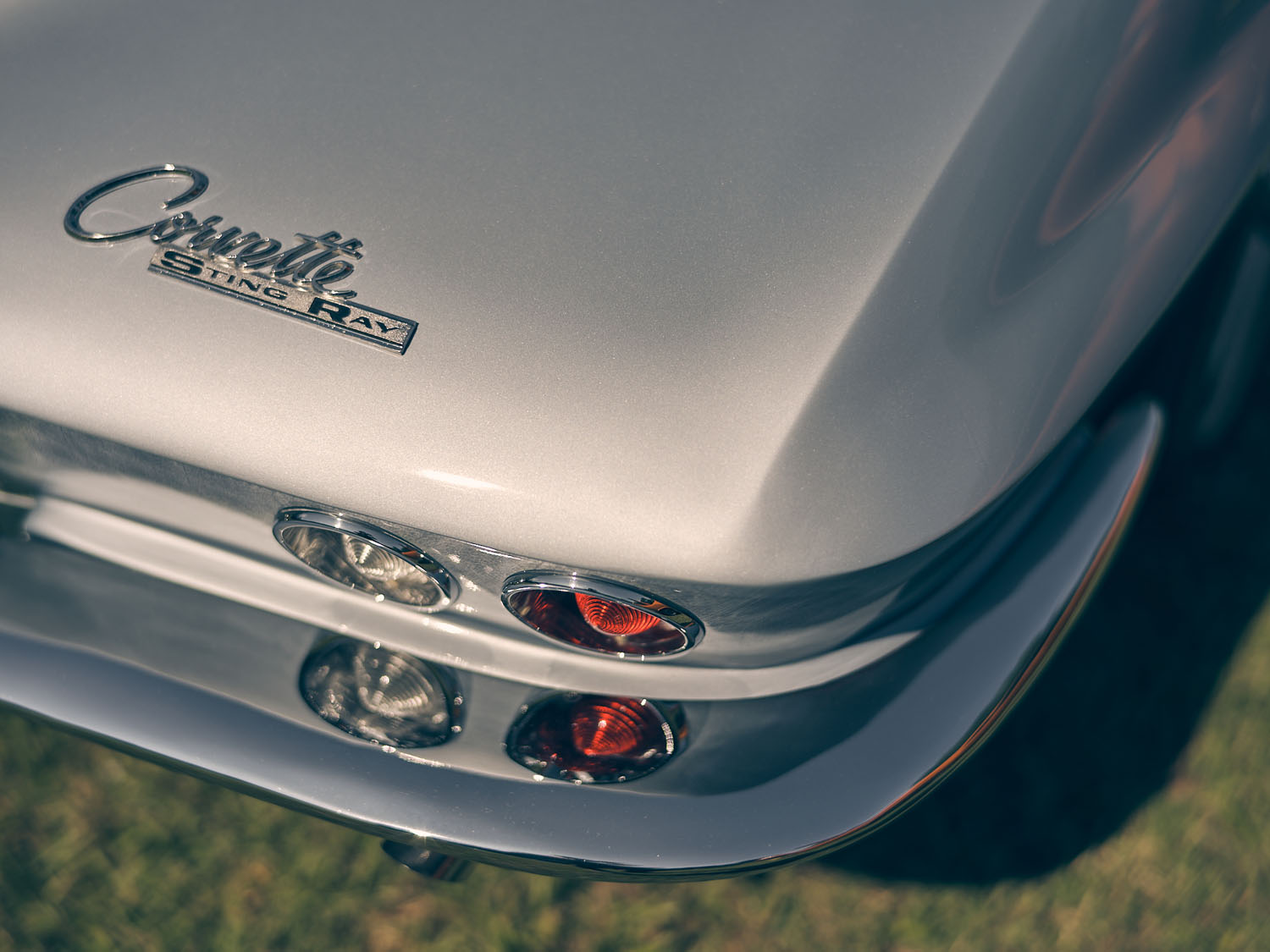
What I want to say is that I truly believe photography is a process that should always develop and never be stationary! And that’s what you need to enjoy the most, the process, not the result. Results will be varying a lot, I can guarantee you.
So, I would humbly suggest to experiment with your Fujifilm camera and with the awesome film profiles we have. You can definitely start by choosing one pre-edited profile you can find on the Internet; pick one that you like the most and you think will best fit the look you are craving for and also fit the environment you are in.
After you have taken a lot of pictures, start analyzing them and try to find the adjustment you would like to do. Could be a warmer white balance, adding more or less grain, pushing more the green tones or the shadows. You can do all of these directly into your Fujifilm camera!
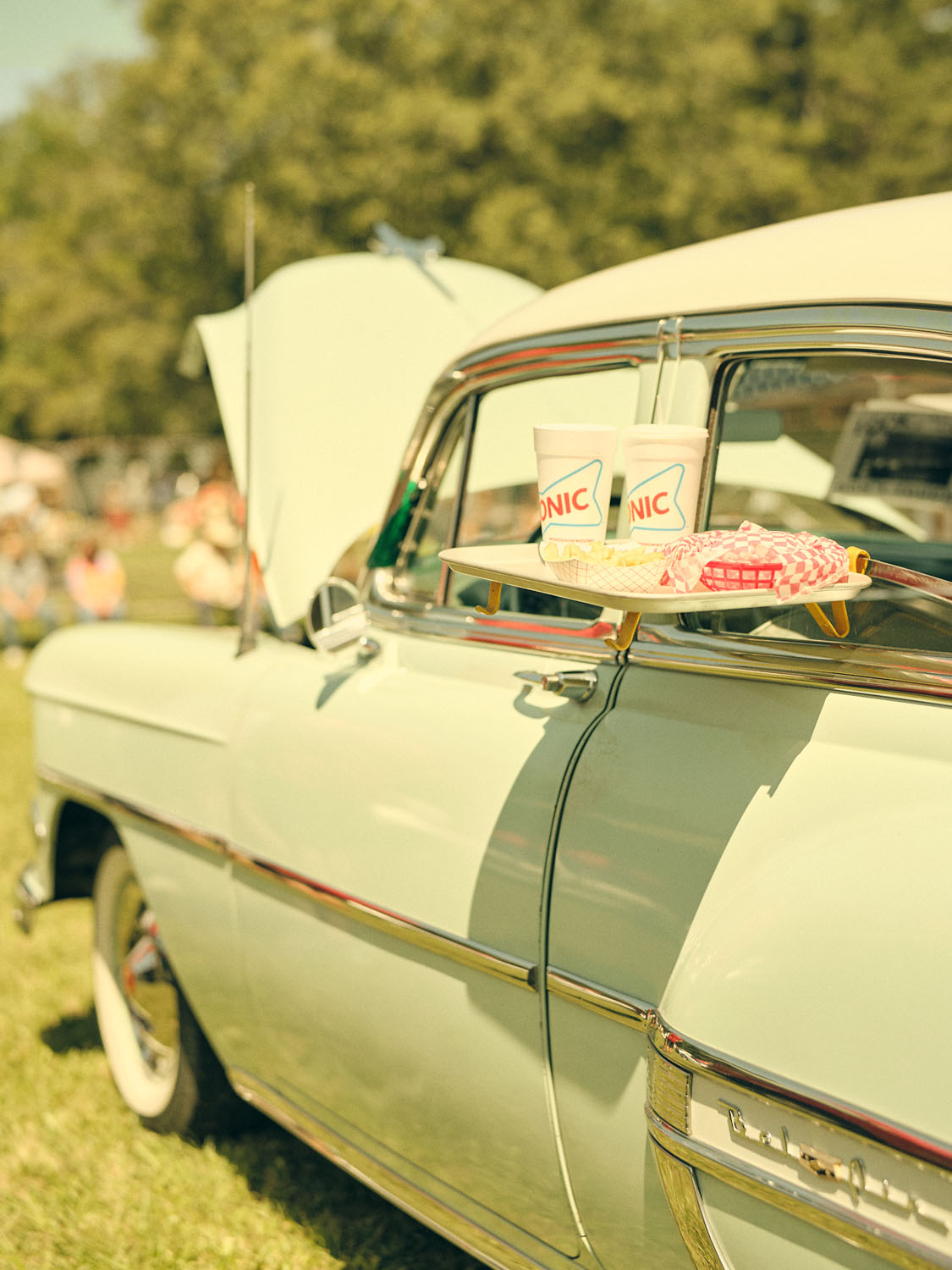
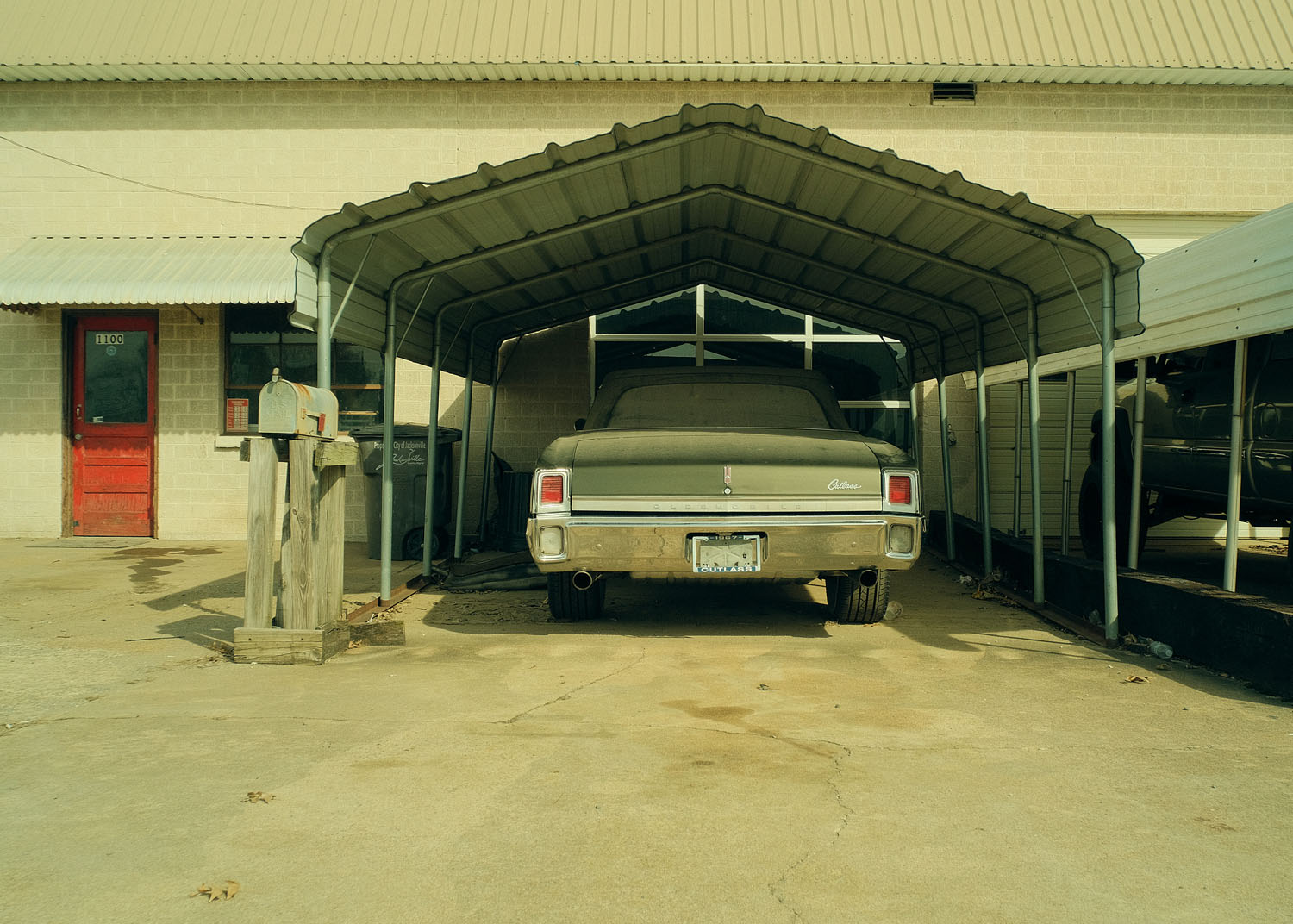
I highly suggest to try and experiment but, believe me, you will never be fully satisfied. And when you are close, your idea or environment will be already changed and you will need to shoot more and adapt again!
Is that not that fascinating?
Luckily, there are a lot of starting points and, if you find something you are happy with, you can produce amazing Jpeg files (no other brand can replicate) and spend more time shooting than editing!
“All of us should do more of that”.
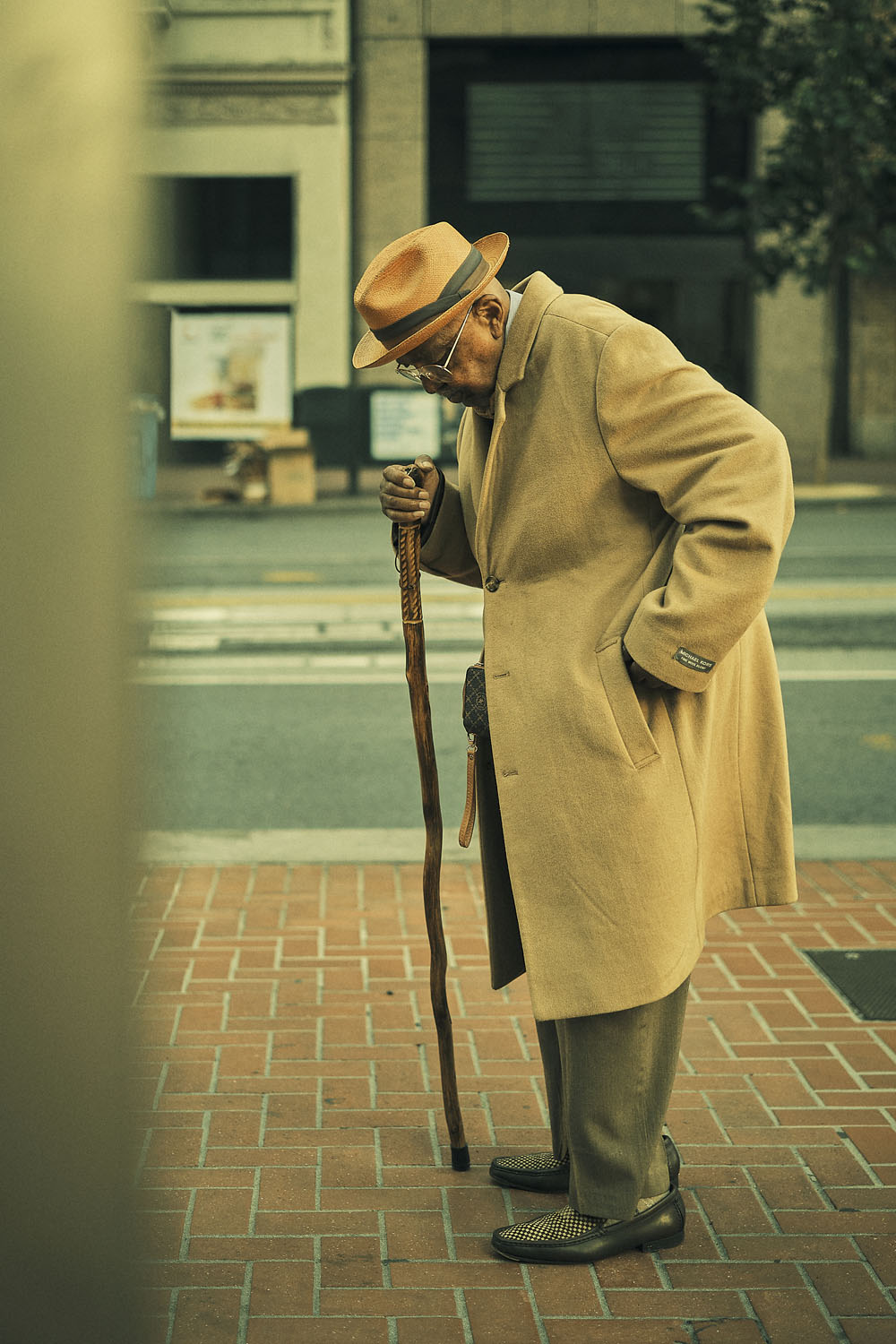
I always suggest to shoot Raw + Jpeg, so you can have a “blank” backup to use in the future.
I really do believe that there’s no right or wrong way to do things when it comes to creative decisions for shooting or editing. As artists, it’s important that we embrace the things that excite us the most. I know it’s hard nowadays, but we don’t have to do things in a certain way because we think that’s how they should be done or maybe because that’s what people are going to enjoy the most.
It’s our art, the expression of ourselves.
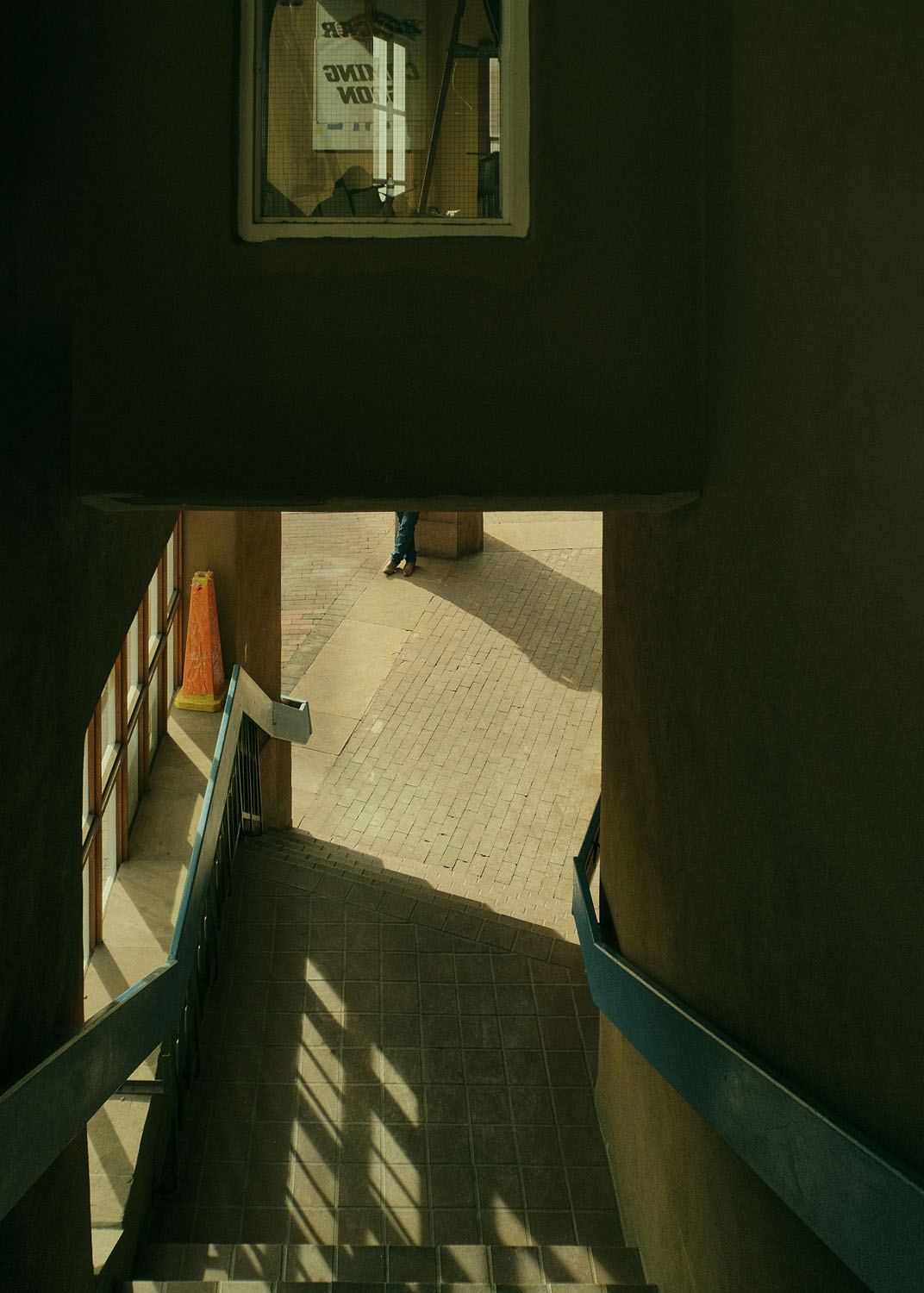
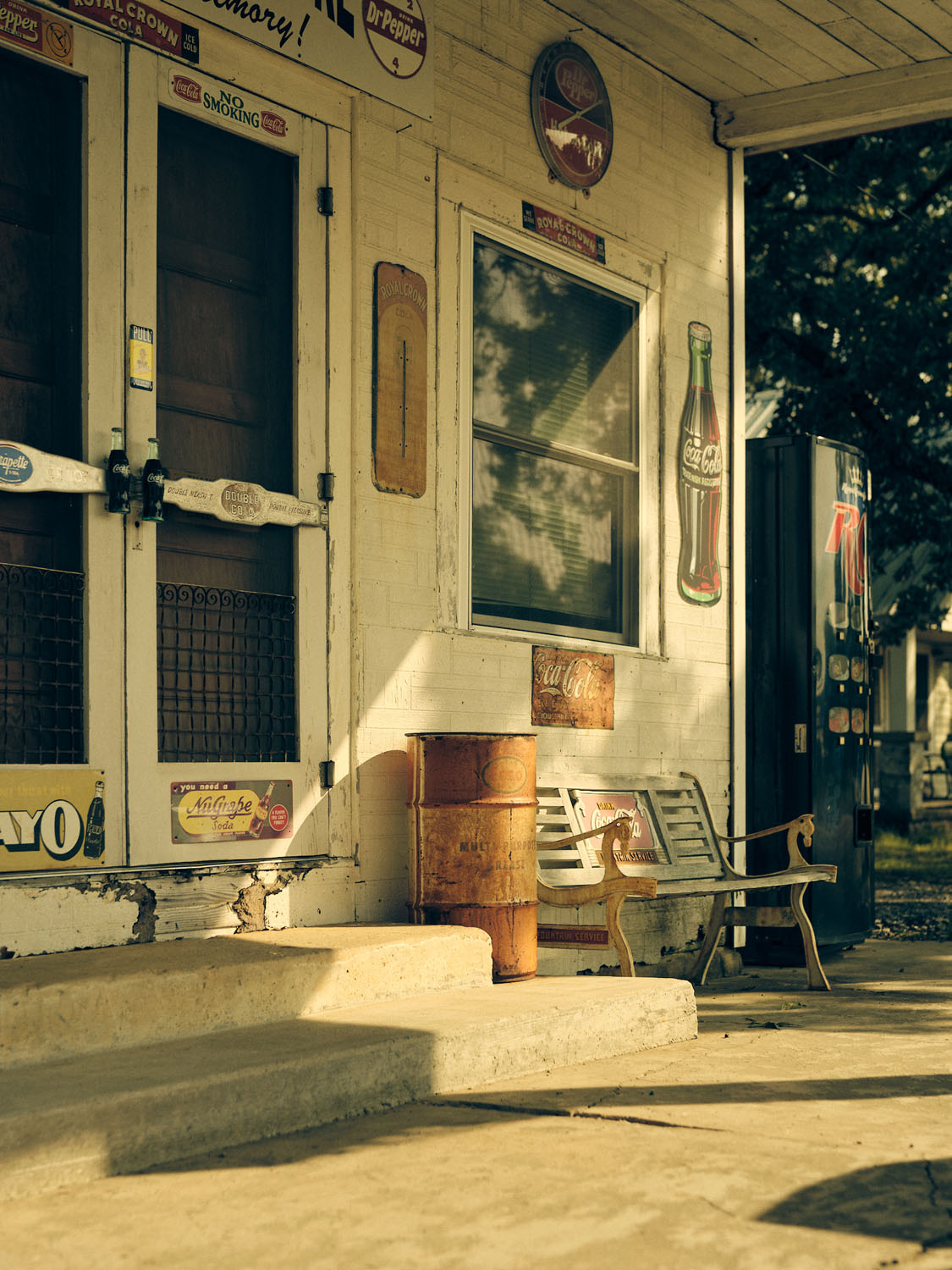
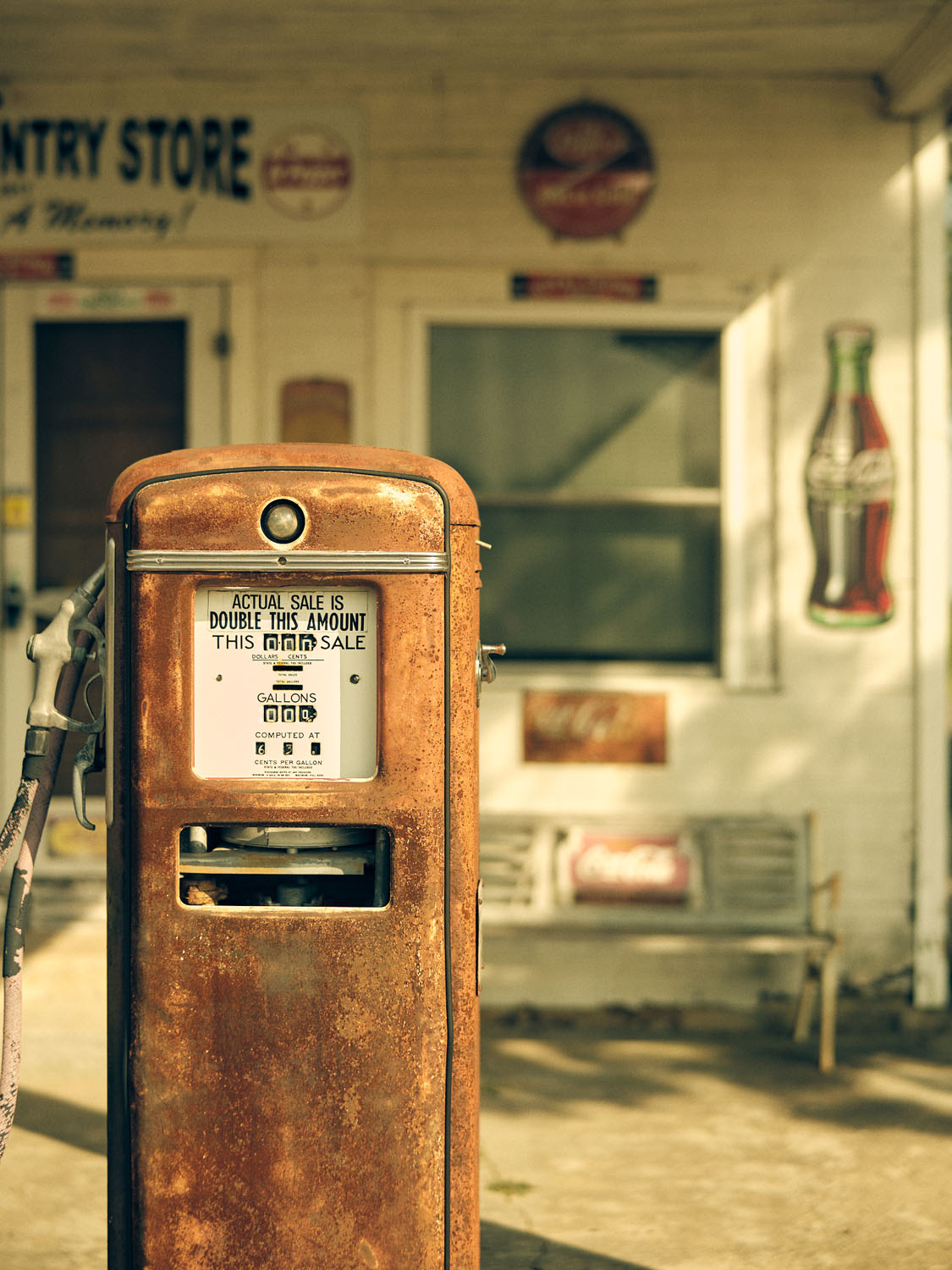
RIGHT: Fuji GFX50R . @55mm . 1/2000″ . ISO 100
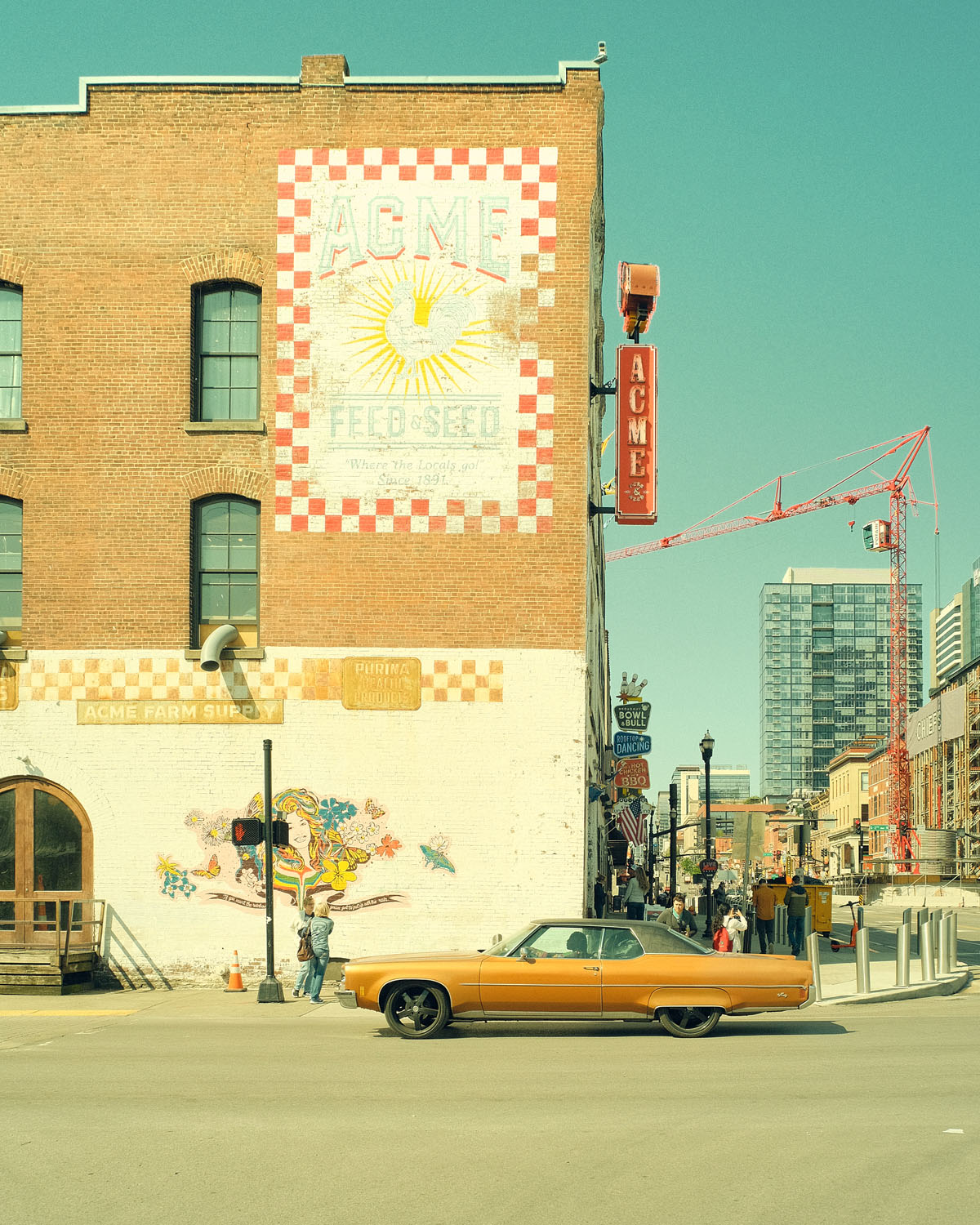

RIGHT: Fuji X-Pro3 . Voigtlander 21mmF4 . 1/400″ . ISO 640
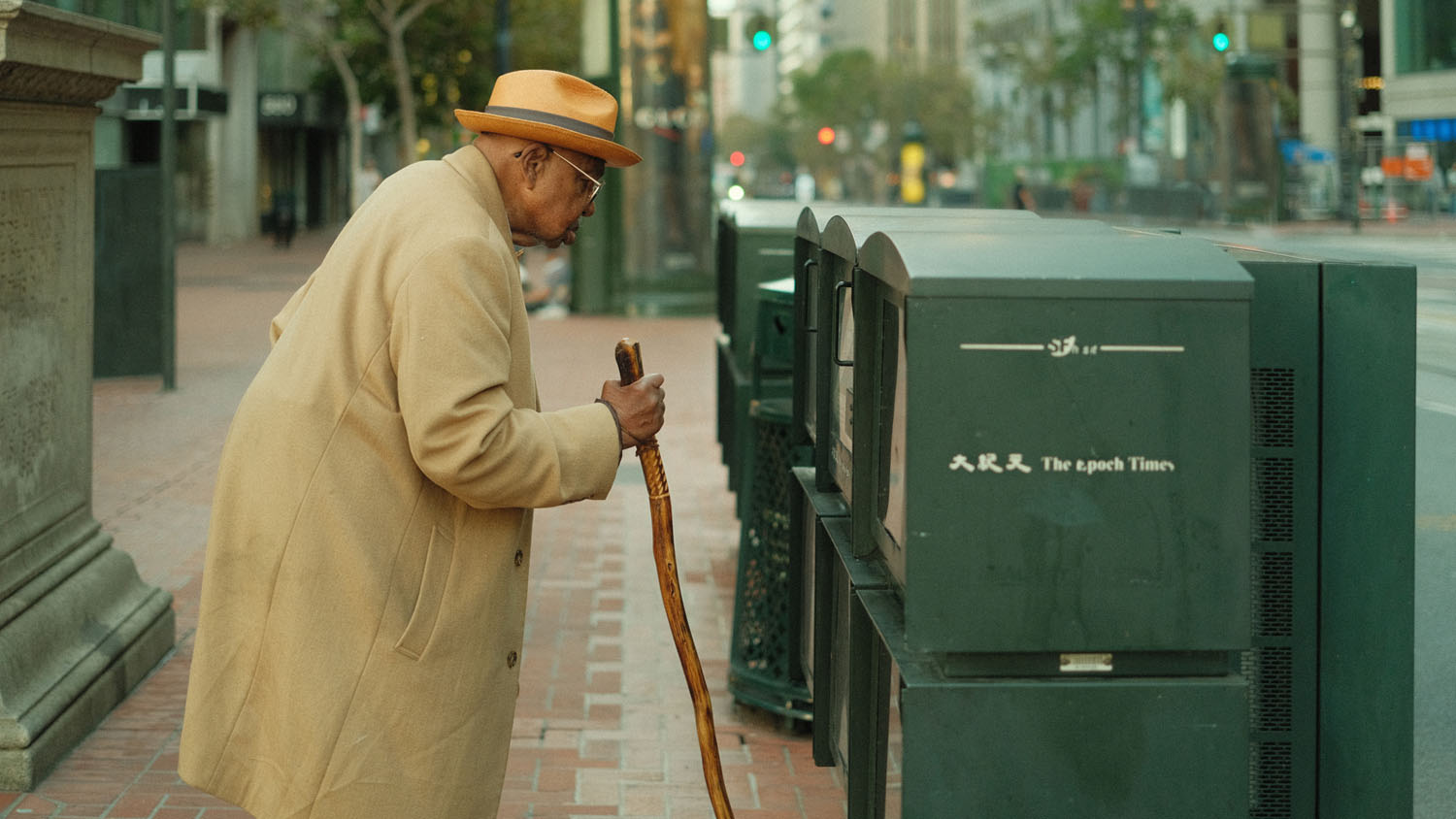
Part II of this article will guide you on how to create and manipulate your own Fujifilm Film profiles! Stay tuned…
Thank you,
Fabrizio Grillo
My name is Fabrizio, 41 years old Italian street and travel photographer. As a military pilot, I embraced the photography world shooting exclusively with Fujifilm, empowering every day my passion. I love to capture unique moments forged by light and shadows, always willing to preserve memories, preserve moments.
This is the gear I own now: X-Pro3 and GFX 50R. On the street, I like to reduce the variables to a minimum, so as lenses, I use only primes: the 33mm f/1.4, and the 50mm f/2. I like to play with adapted or vintage lenses too. I really like the look of the tiny Voigtländer Color Skopar 21mm f/4. And I will never sell the first gen 35mm f/1.4.
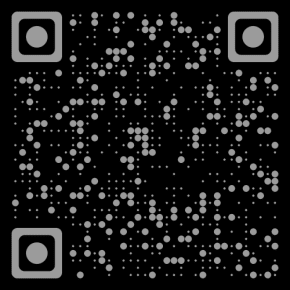
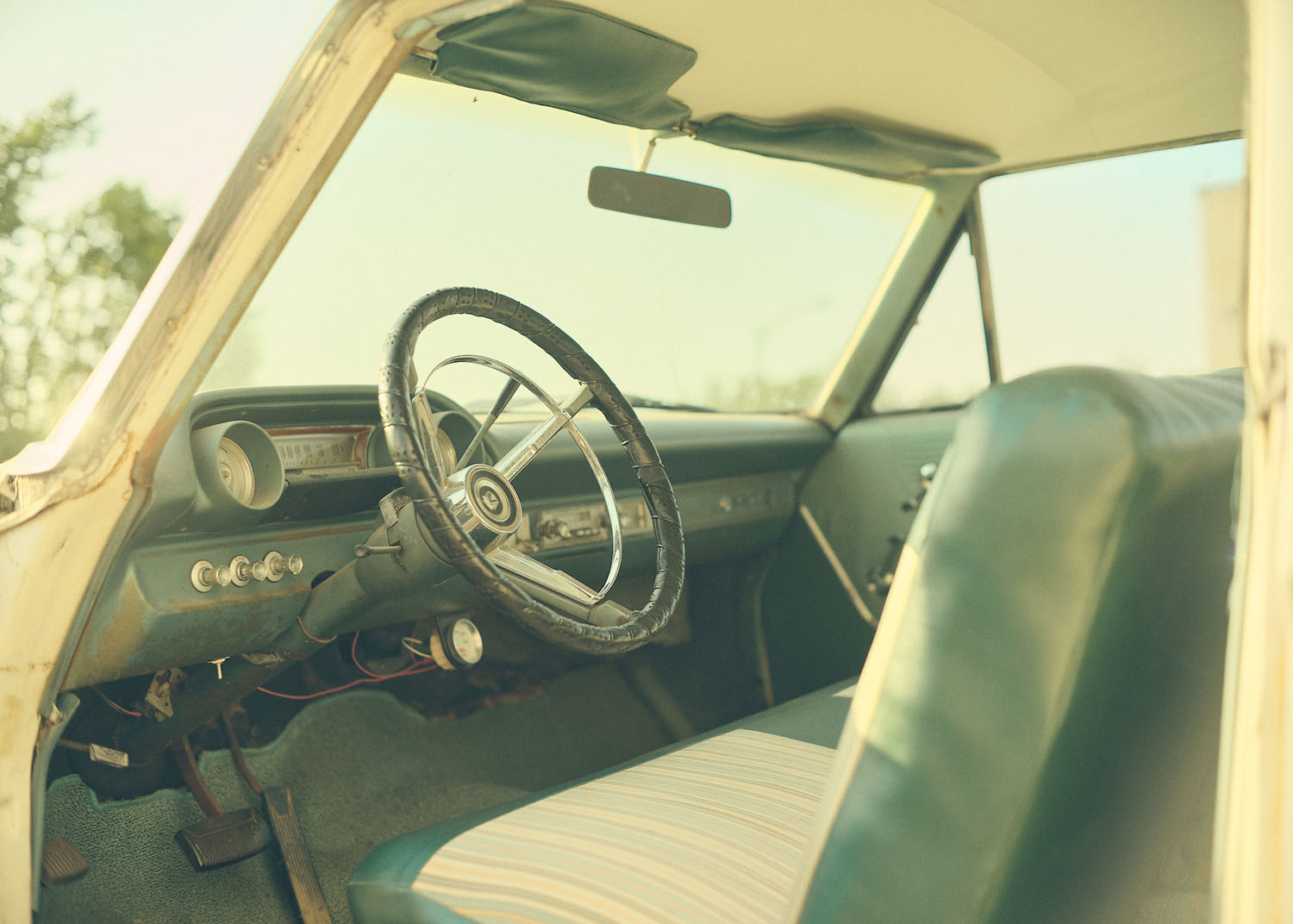
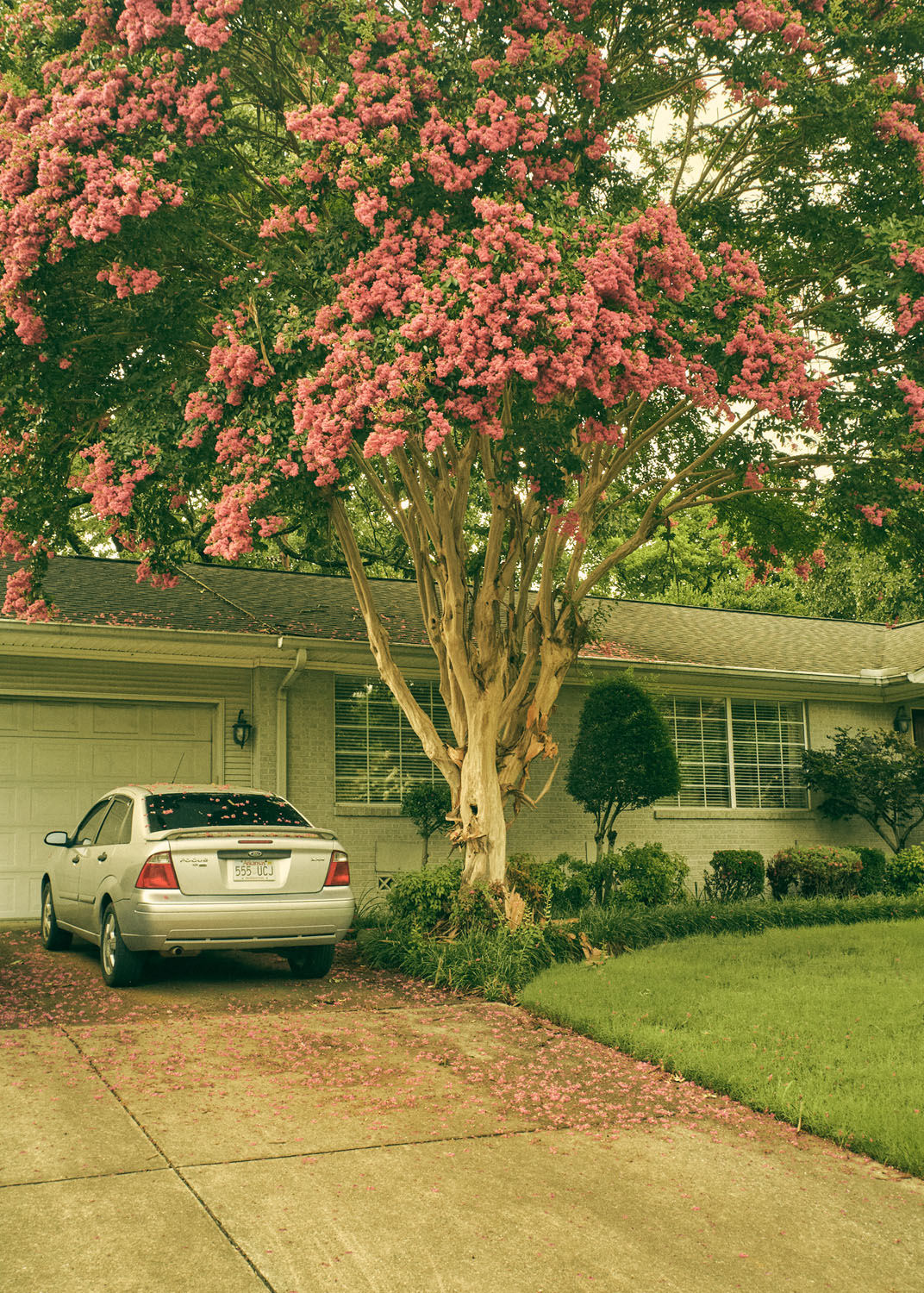
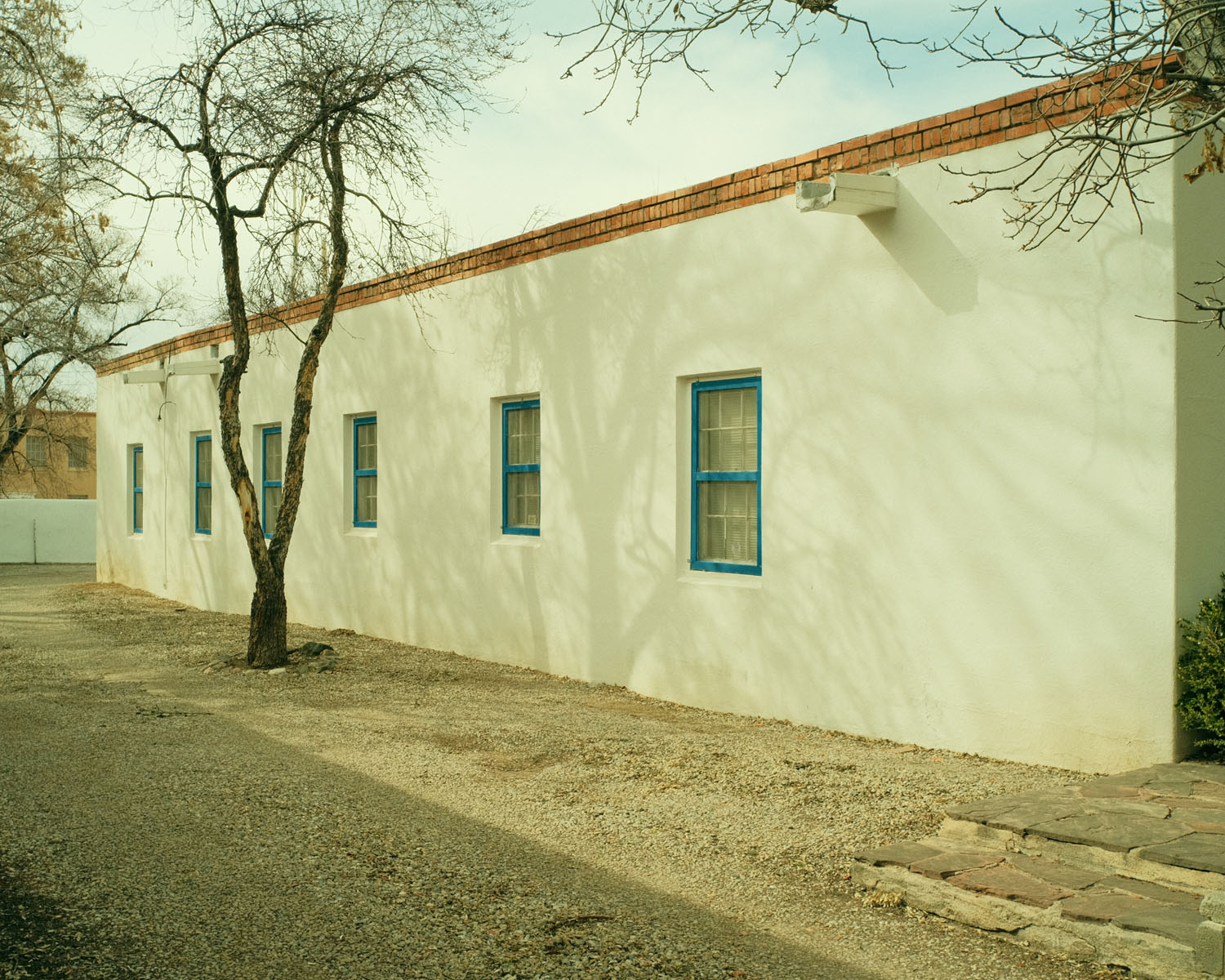
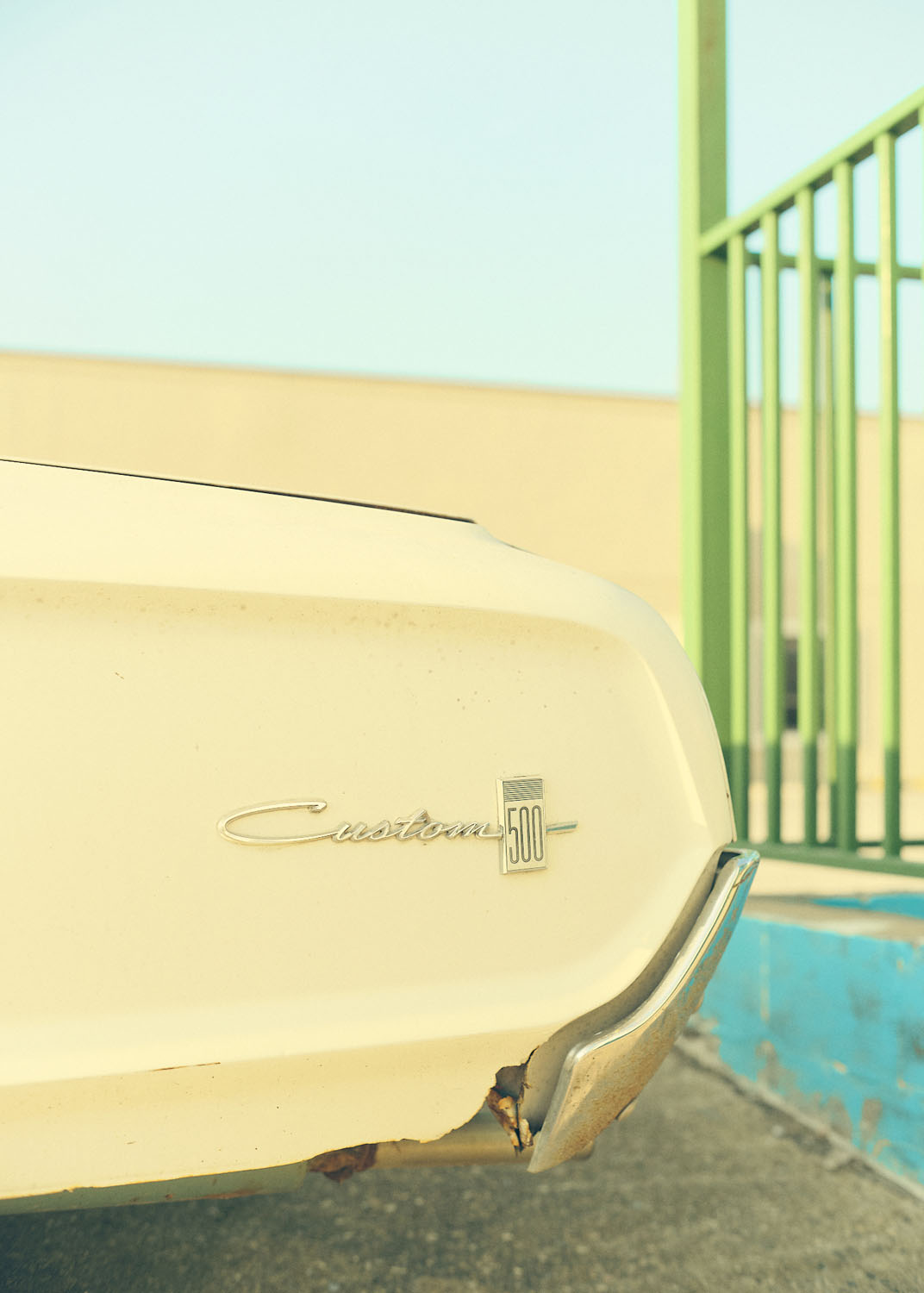
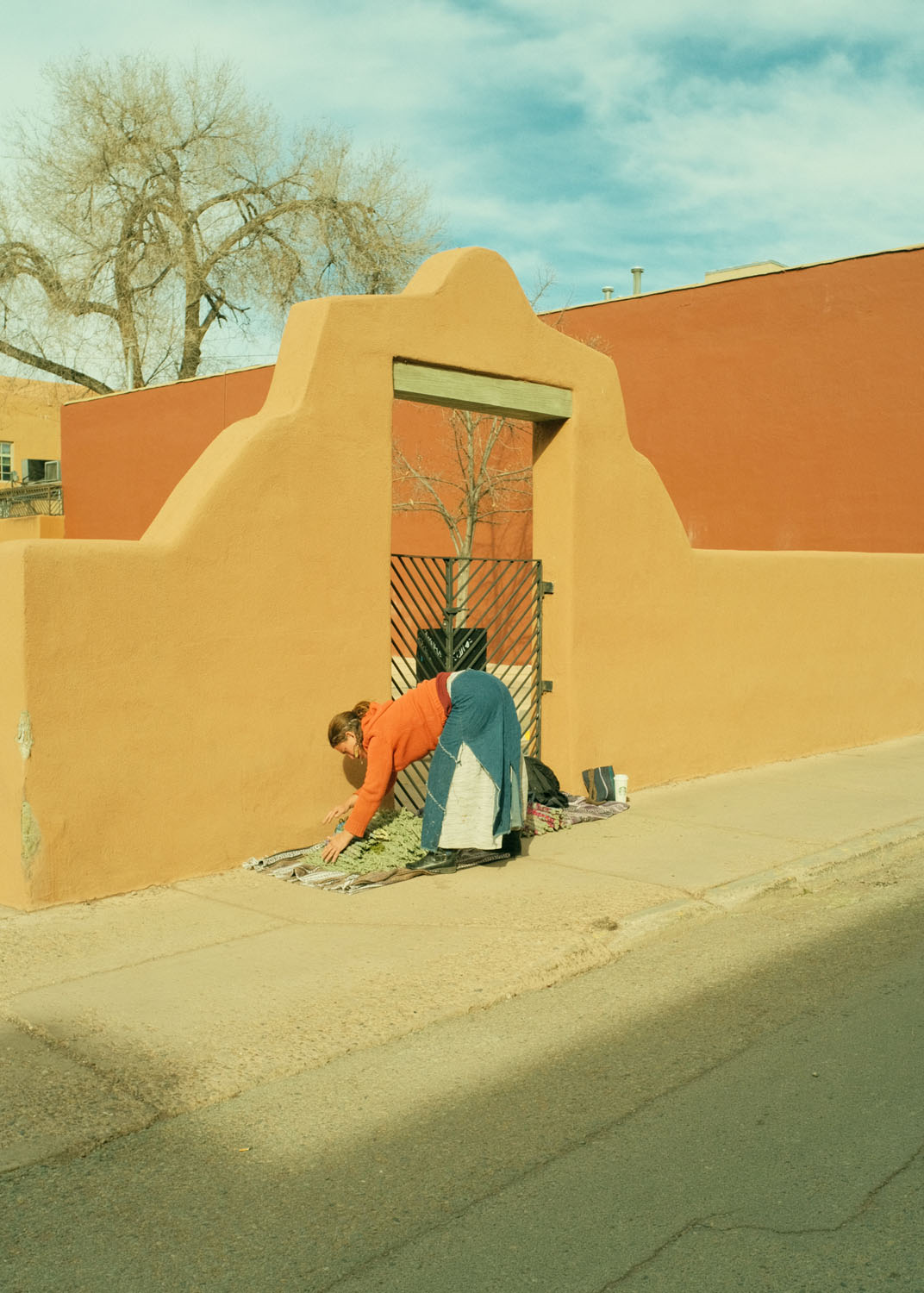
RIGHT: Fuji X-Pro3 . Voigtlander 21mmF4 . 1/500″ . ISO 640
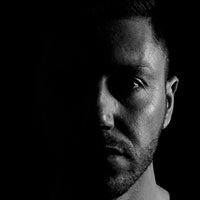
“My name is Fabrizio, 41 years old Italian street and travel photographer. As a military pilot, I embraced the photography world, shooting exclusively with Fujifilm, empowering every day my passion. I love to capture unique moments forged by light and shadows, always willing to preserve memories, preserve moments.”


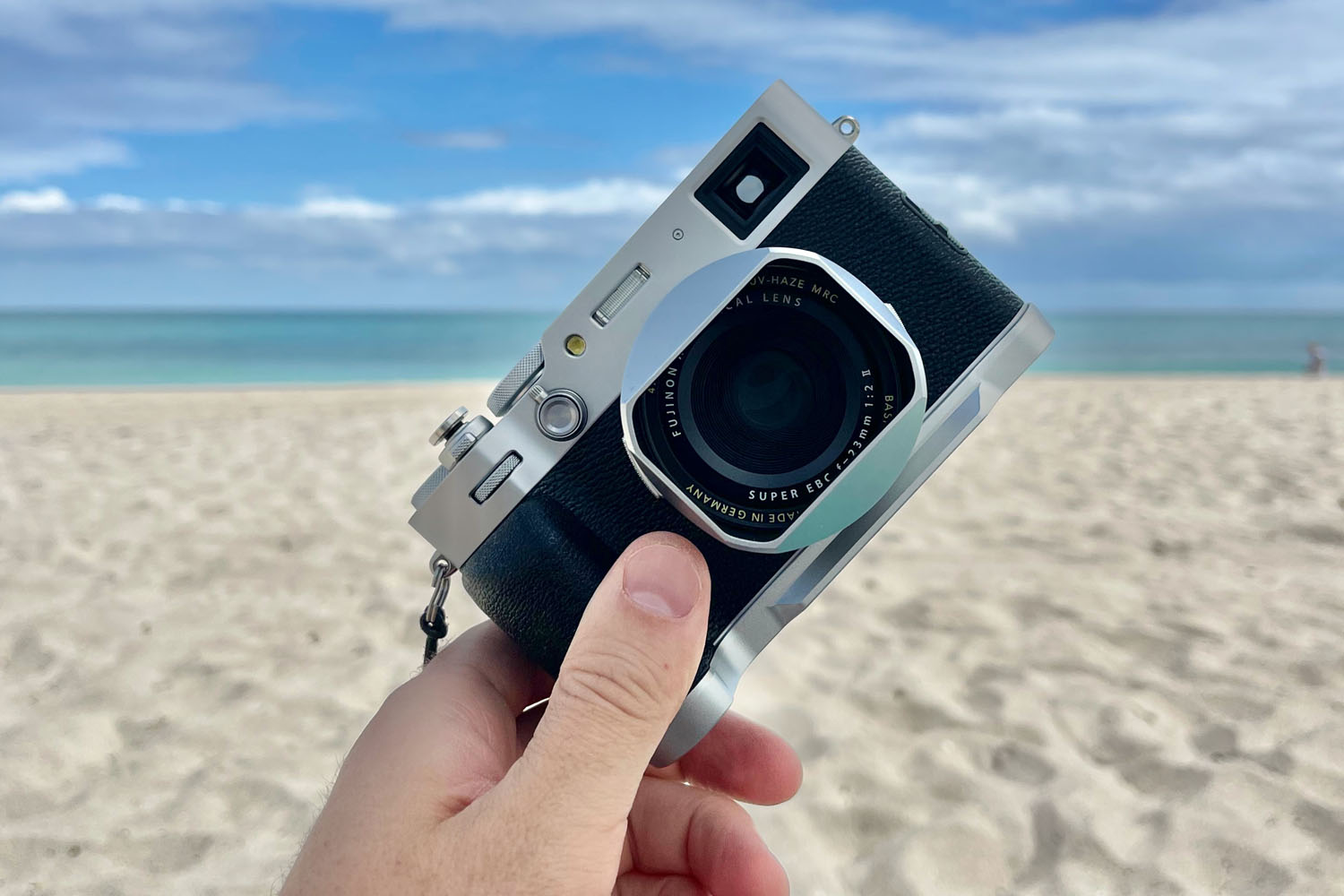


Patrick
September 29, 2023 @ 12:43 pm
A yellowish green color cast does not by itself constitute a “film vibe”. It just looks like “disposable camera that’s been left in the glovebox in the summer” vibe. The film look was always to me nice contrast and more latitude in the highlights than shadows. Colors can be perfectly balanced with film. Can’t we all just admit though, that neither medium looks like the other?
Fabrizio
January 14, 2024 @ 5:04 pm
Patrick, thank you to comment my article.
I definitely agree with you when you say that neither medium looks like the other.
I also accept your defiance about the green color cast and the definitions you gave to it. Luckily in this world we still can have different opinions and different way to see things; and this is definitely what photography should be. It is personal art, personal taste, personal vision.
I didn’t write this article to say that we can faithfully replicate a film picture. But if you shoot film, you have to admit that every pictures are processed and edited anyway. My point in this article is that we can use jpg custom profiles in camera to match our vibe/vision or ambient situation and maybe passing less time in front of our computer editing. There are a lot of ways nowadays to still shoot digital and trying to have a more “film experience”, not only custom profiles or greenish color editing. But we are all different, with different possibilities and different vision.
That’s my passion, that’s the reason why I opened to different point of view. But I have mine.
Andrew Shippin
January 24, 2024 @ 1:06 pm
With no disrespect or disparagement intended with my comments… As an old film shooter I have to agree with Patrick. There is nothing nostalgic about those images, to me they look like badly stored, or processed film. Rather to me the film look versus digital depends upon the “flavor” film you used. For example just discussing C41 print film (E6 and B&W are another pair of conversations) the look of a correctly exposed image shot on say AGFA Ultra 50 could not be compared with Kodak Royal Gold 25. Just as Fuji Superior 100 looked quite a bit different from say Konica 100 VX. Then there is the chemistry the films are processed in which can also dramatically alter the look. So this begs the simple, but infinitely complex question; “what is the look of film?” There are 100 if not a 1000 answers to that one. The most terrifying part of that question is how subjective it is. Now to flip the argument what is “the look of digital”?
Fabrizio
January 25, 2024 @ 3:46 pm
Well.. the good part Andrew, is that I agree with you and I wrote different times that I don’t think (as digital shooters) we should try to replicate a film look. I expressly wrote that there is not a specific film look. So, my point here, is different. I am not encouraging people to replicate film looks. I am not encouraging people to get a greenish look and say that is the closest to film we can get.
I multiple times said the opposite: don’t try to replicate a film look, but get inspirations about something that appeal you and build your “personal taste” digital film profile.
Thinking that an edit or a particular look/style should get a “nostalgic film” feelings to SOMEONE ELSE, is completely wrong. Photography is personal, and I believe whatever feelings/emotions/nostalgic we are trying to “achieve” it remain personal.
The last thing I would like to say is that, if you write something, you are “potentially” referring to a large variety of people, abilities, experiences etc… so, of course, not everything is applicable to everyone.
Simon Pepper
February 17, 2024 @ 5:21 am
Well Fabrizio, I think your work is inspiring, beautiful and skilful, I hope that one day I can achieve amazing images like these. Thank you for sharing them, Simon from Nottingham, England.
Fabrizio Grillo
February 18, 2024 @ 4:07 am
Simon, thank you so much! I really appreciate your comment and support. Nothing that you or anyone else cannot achieve, but Thanks. Feel free to follow me on instagram or write me for any question or help needed!